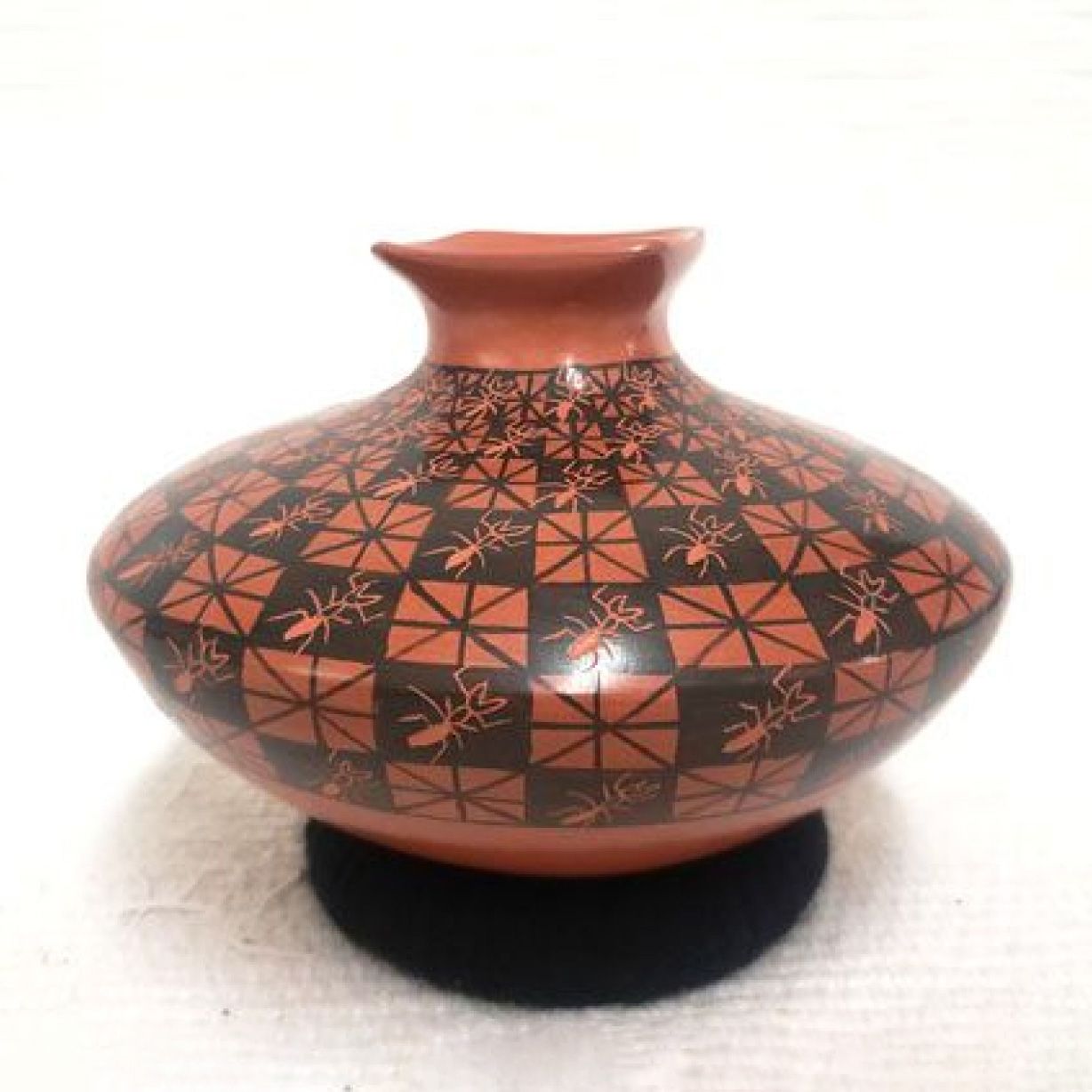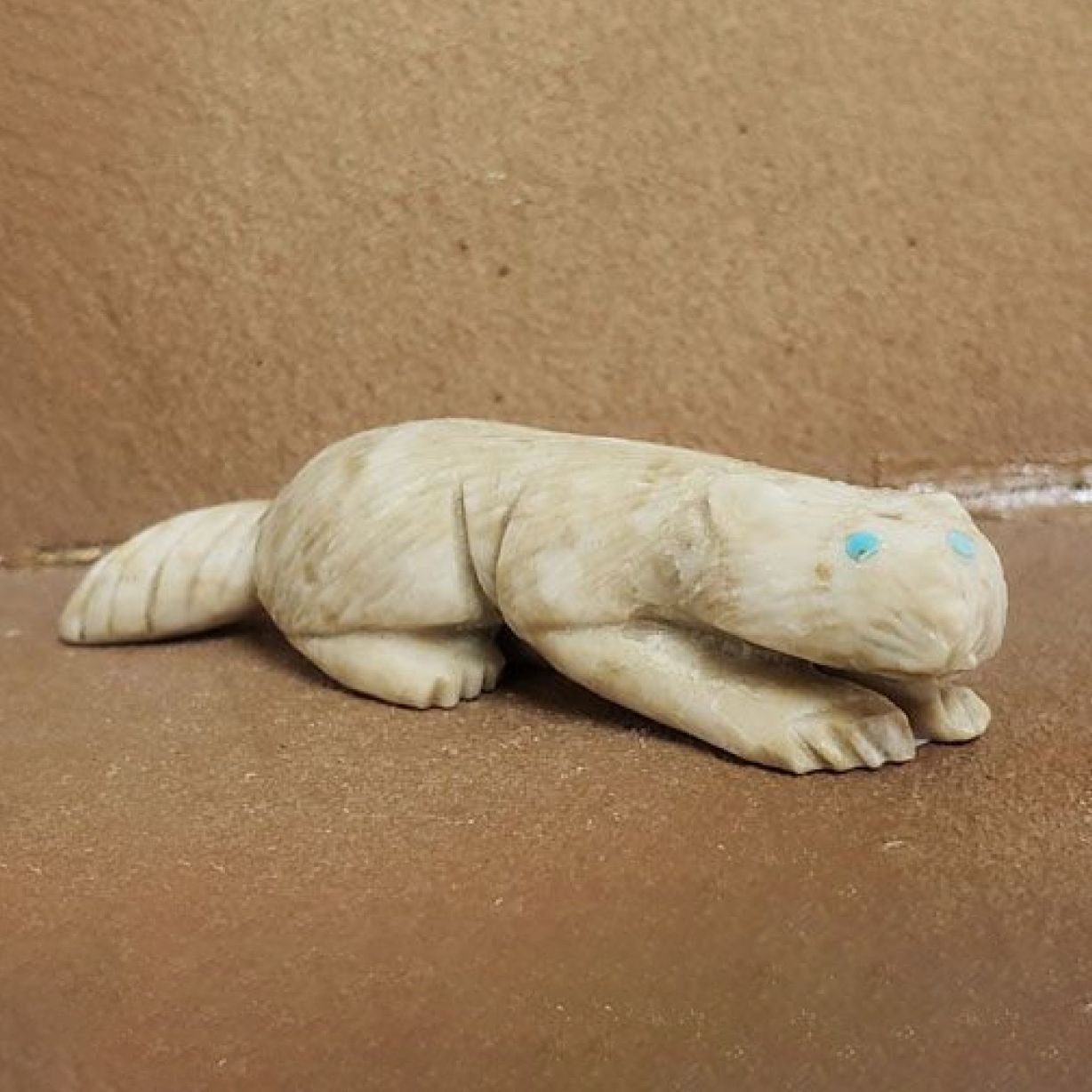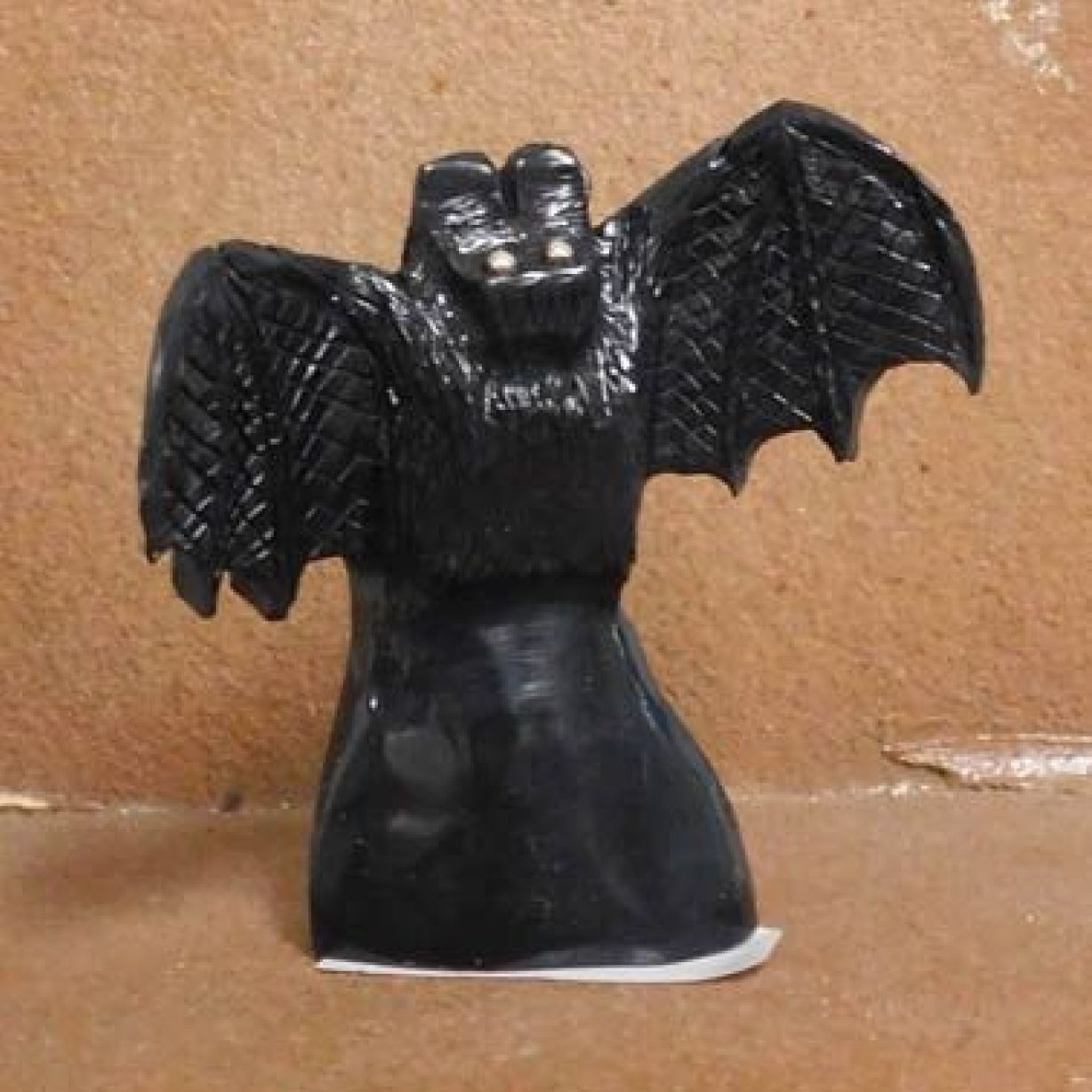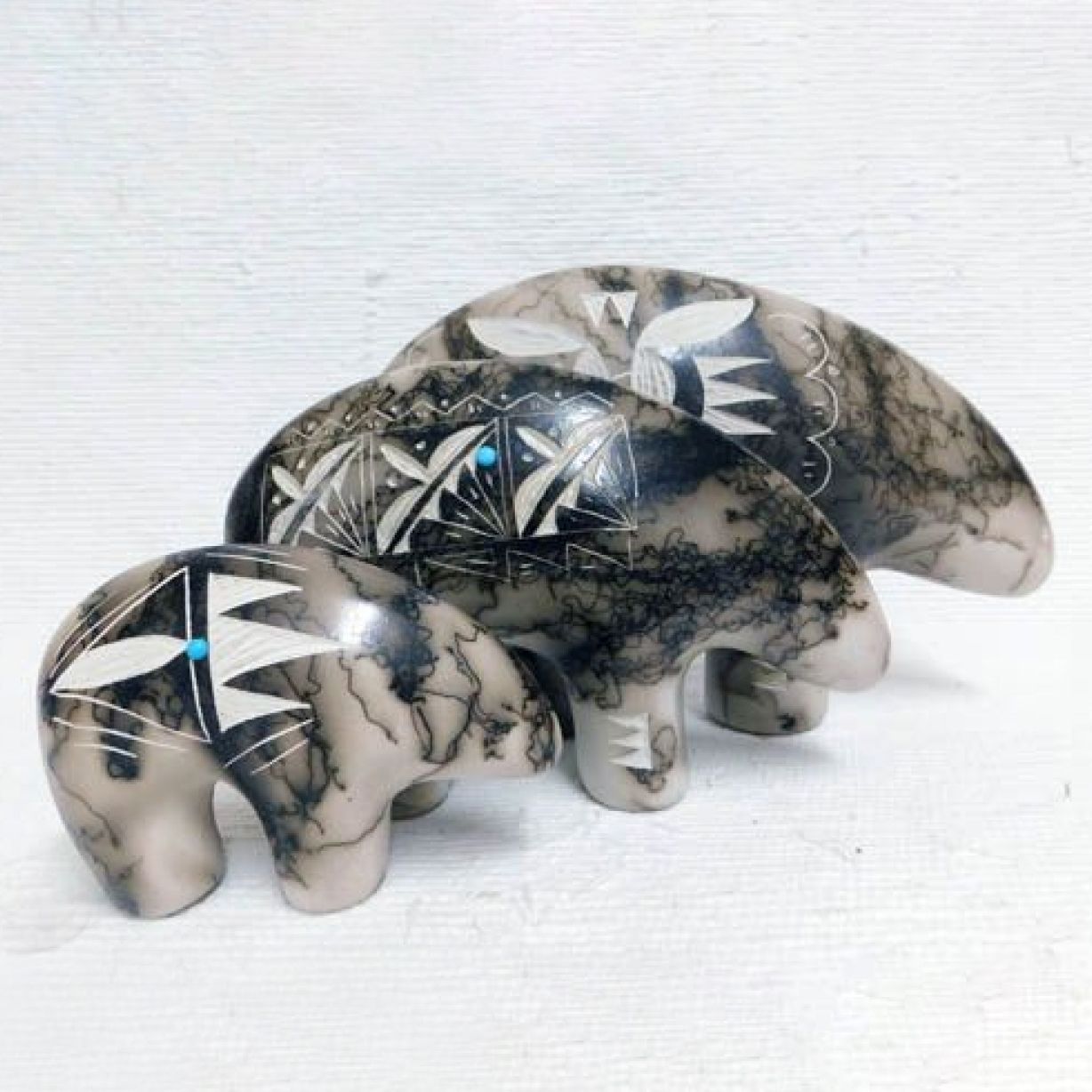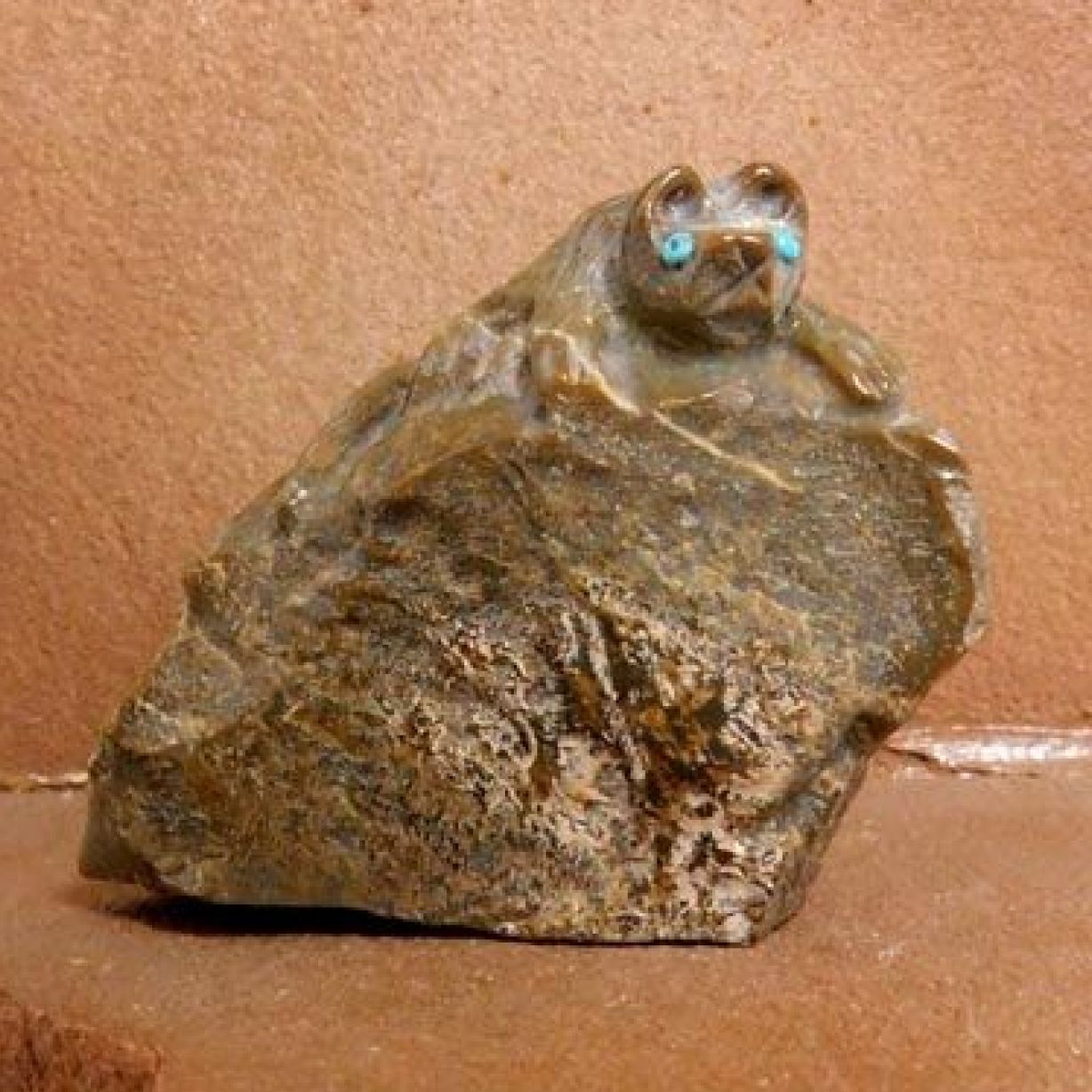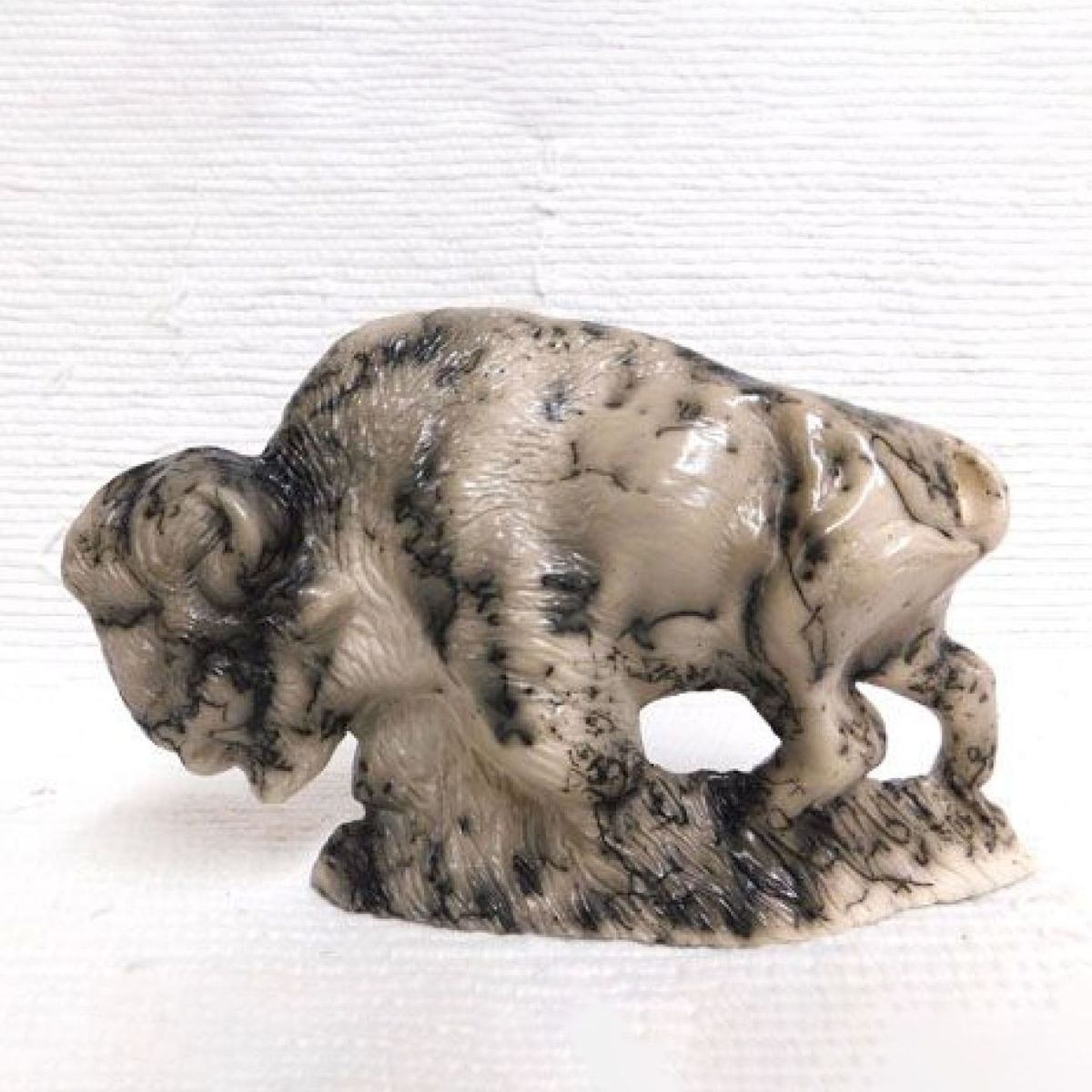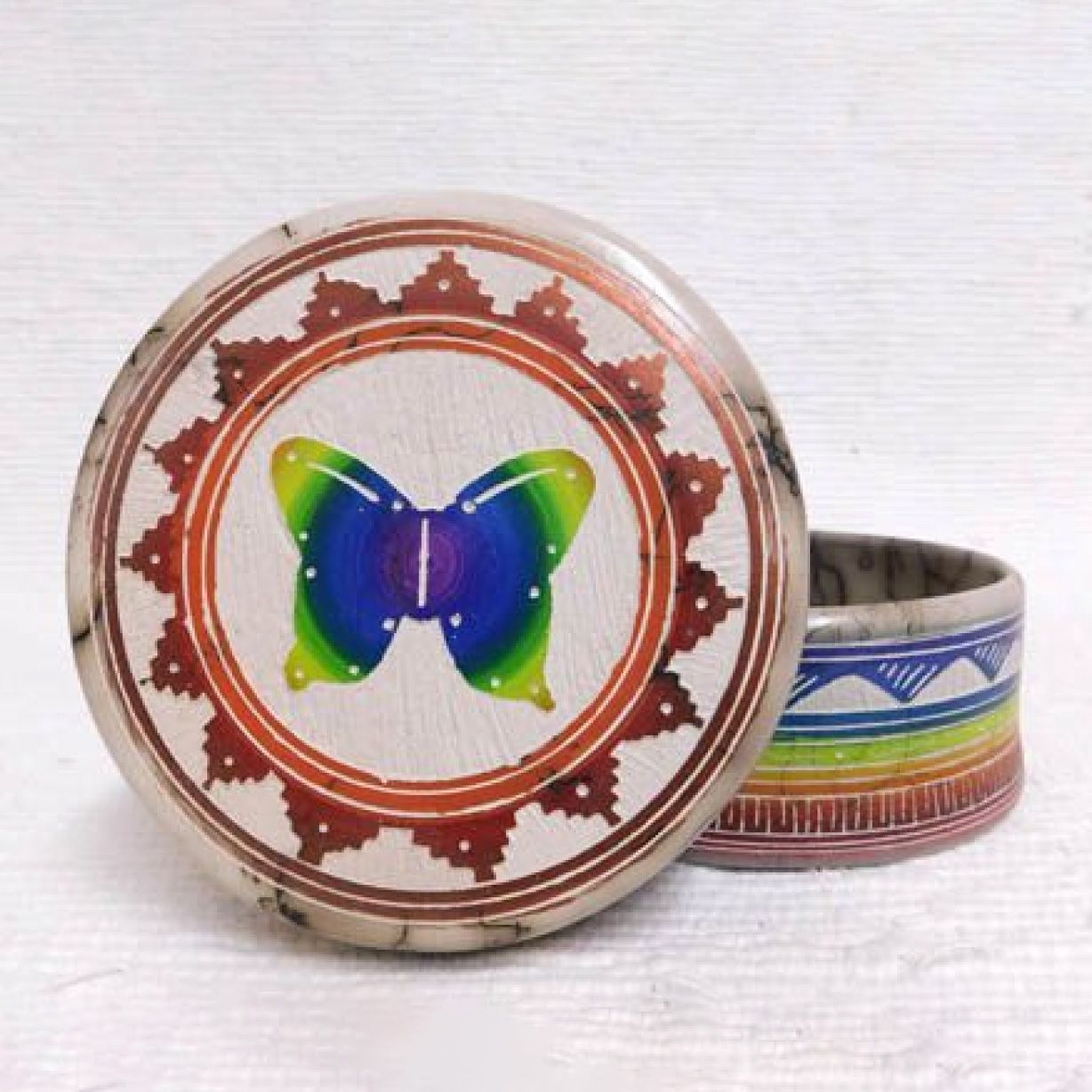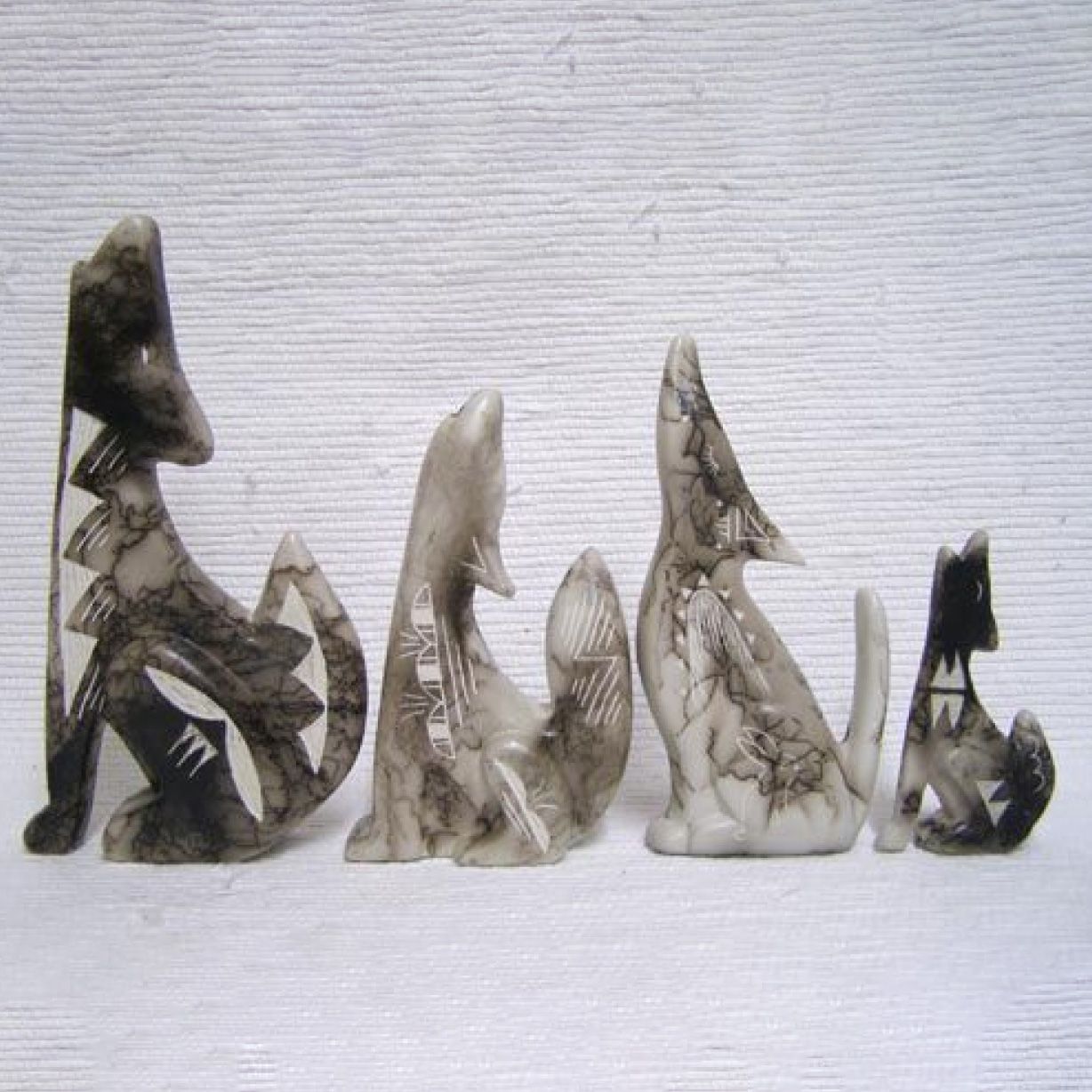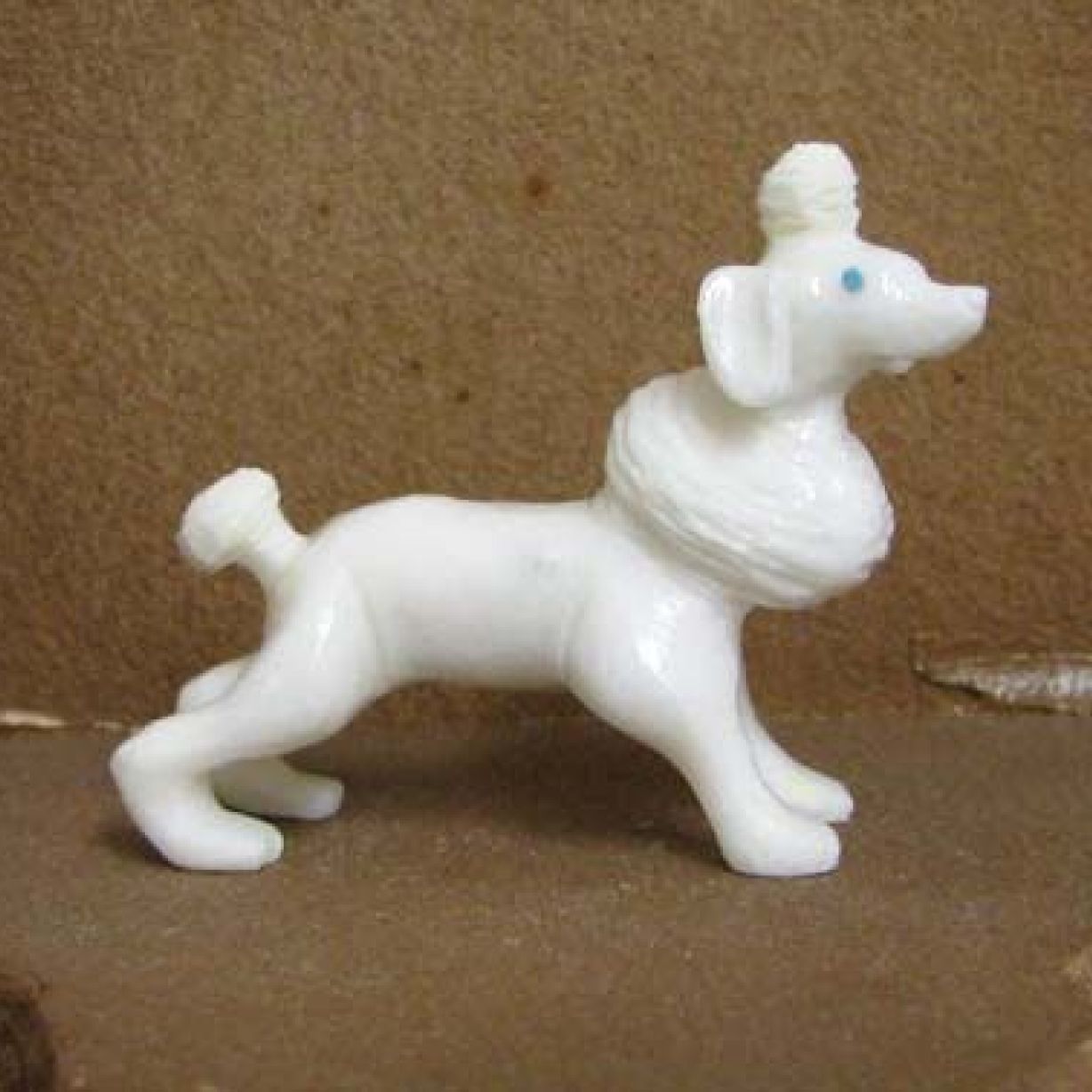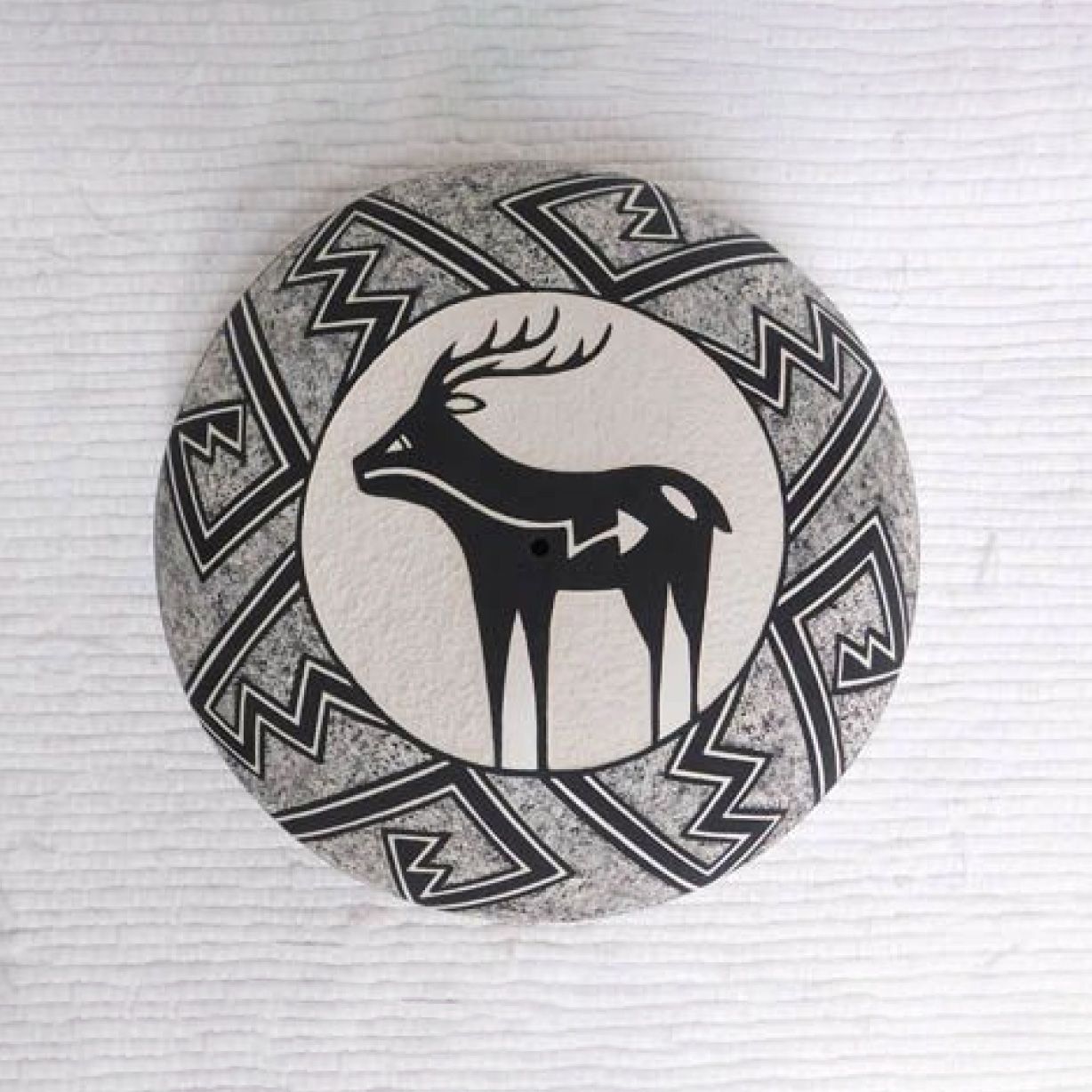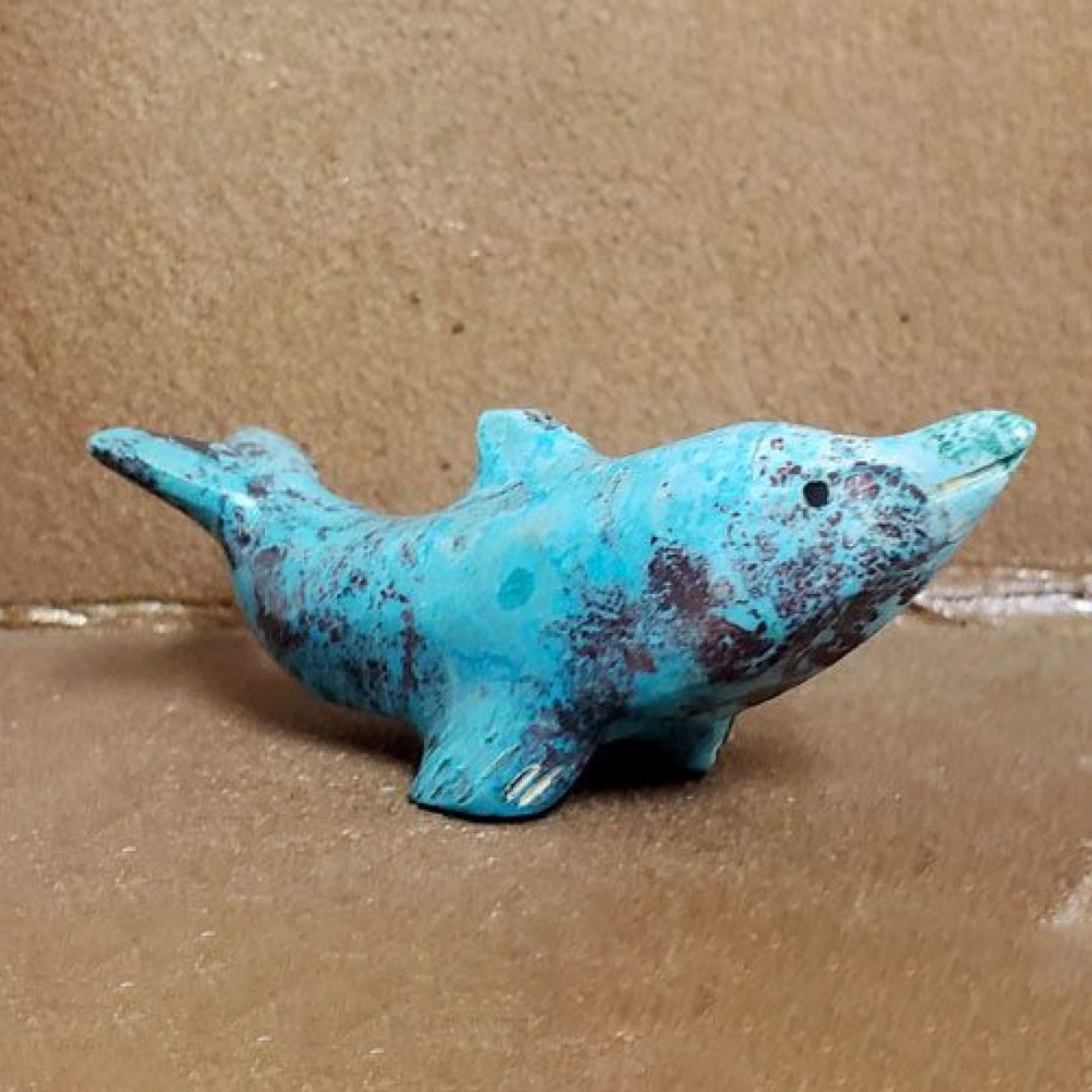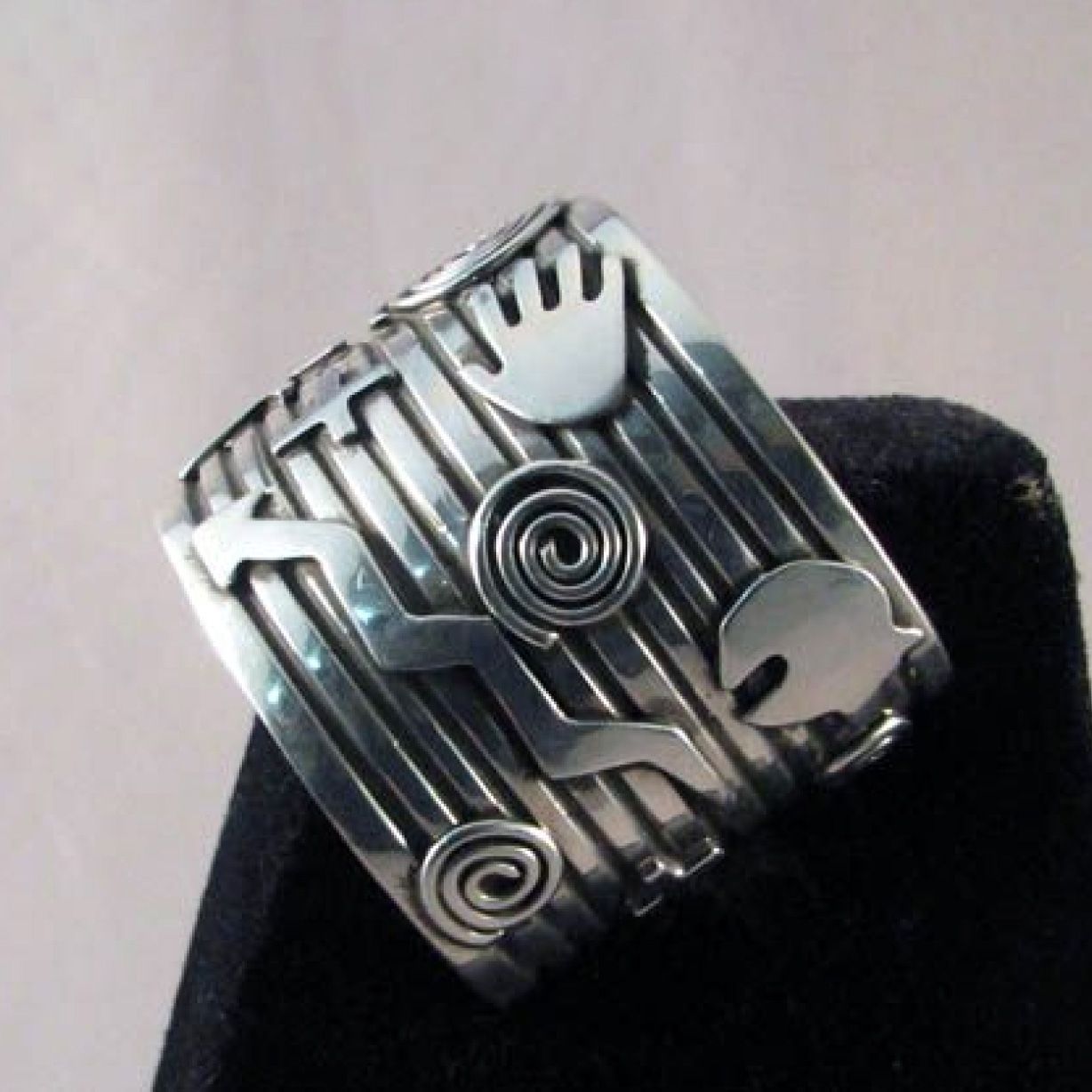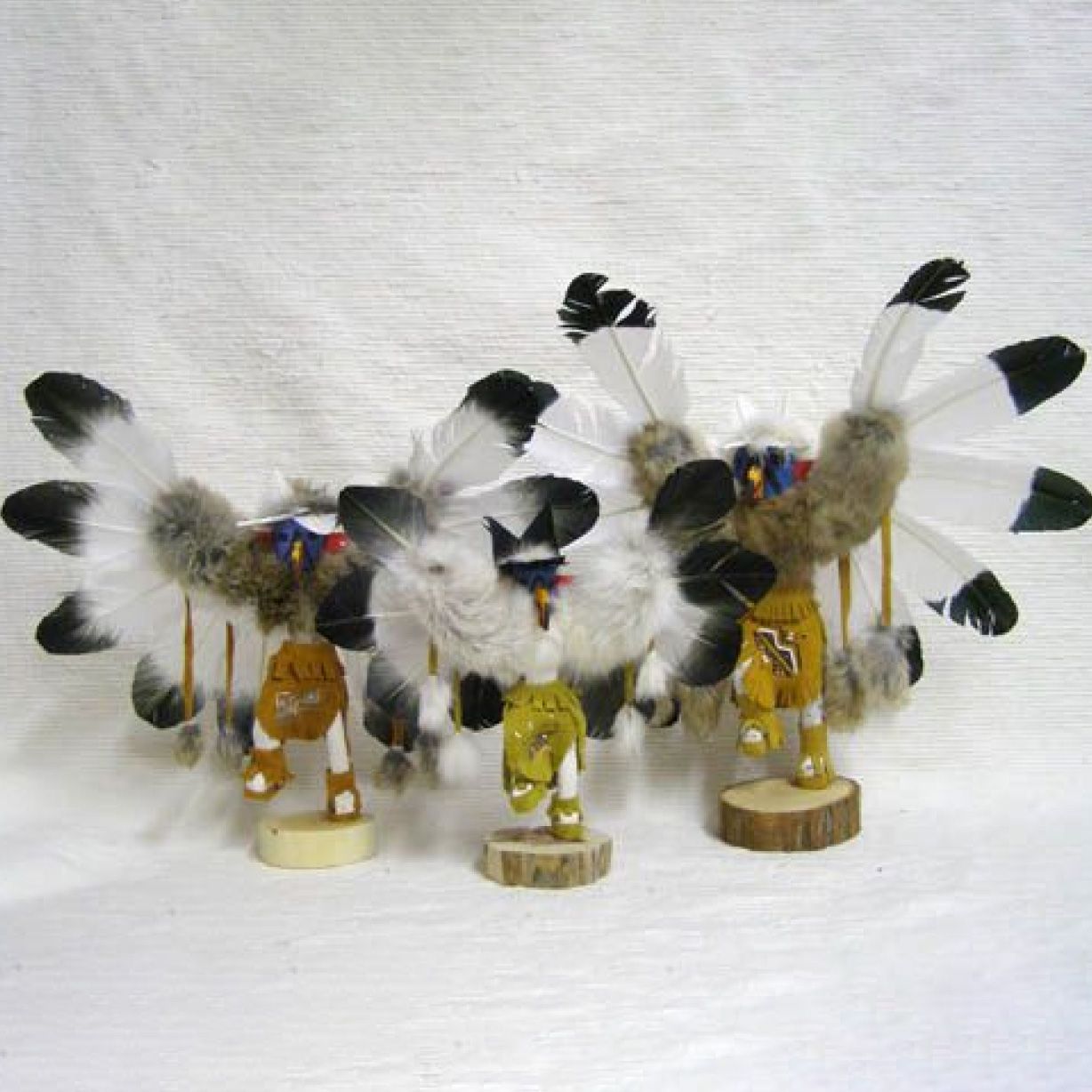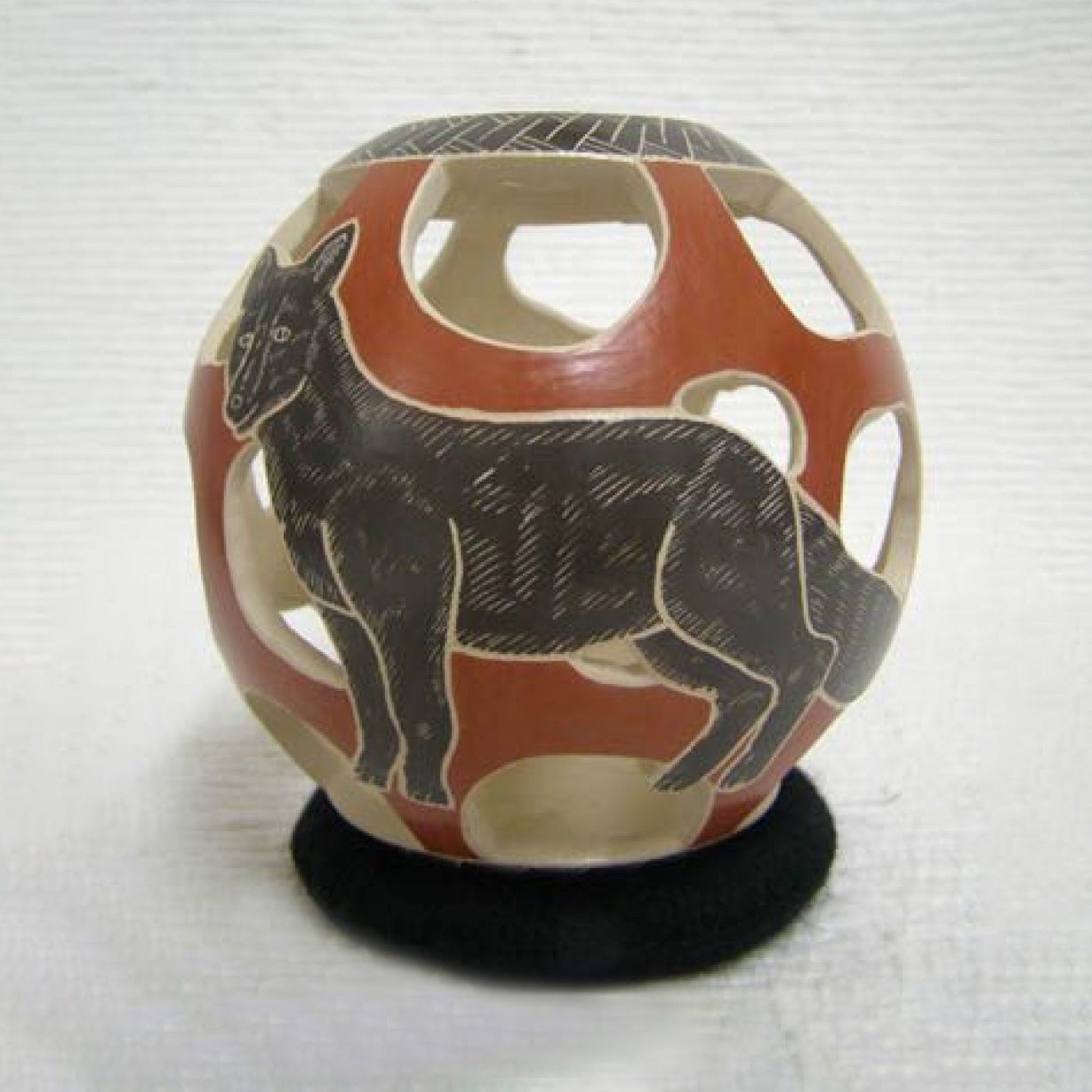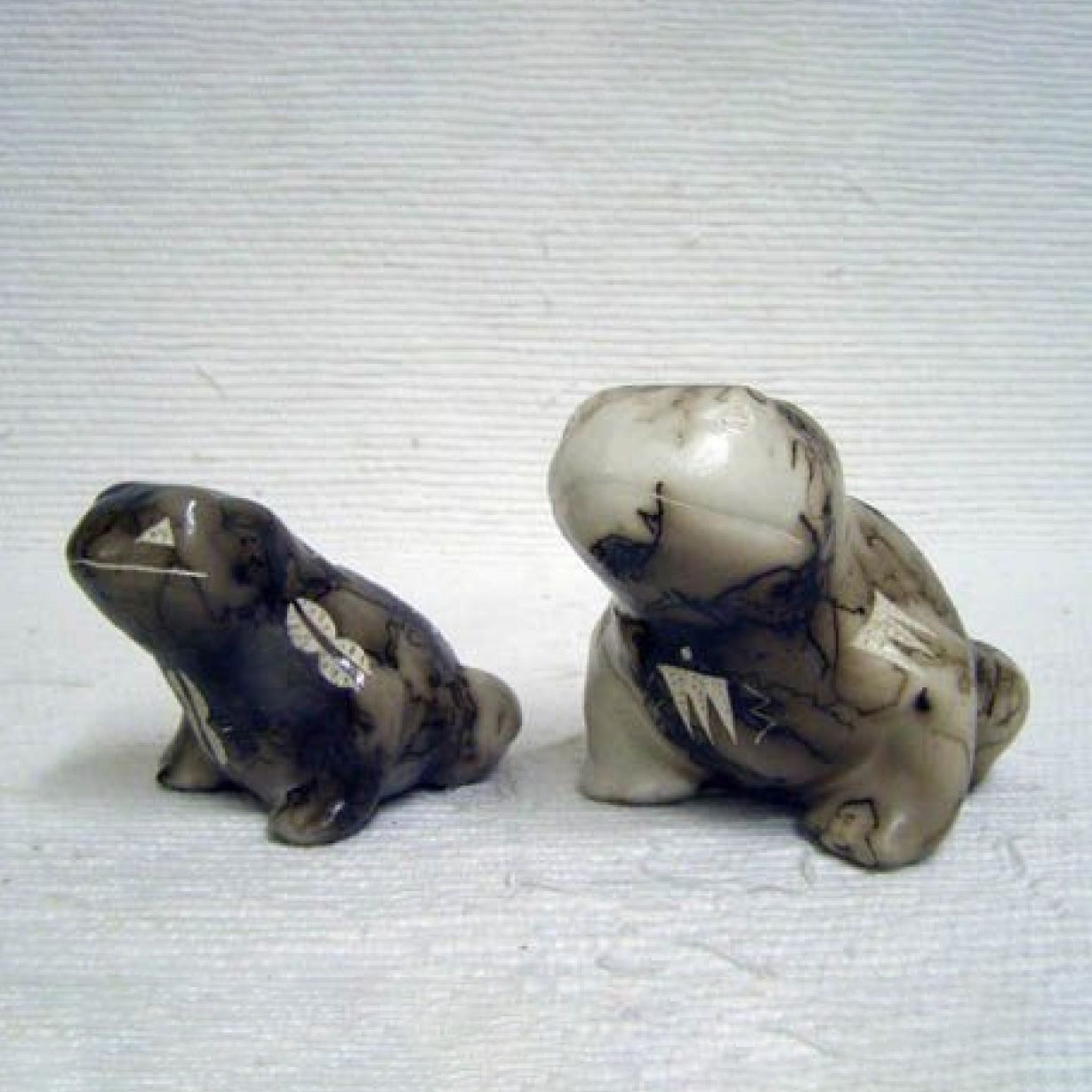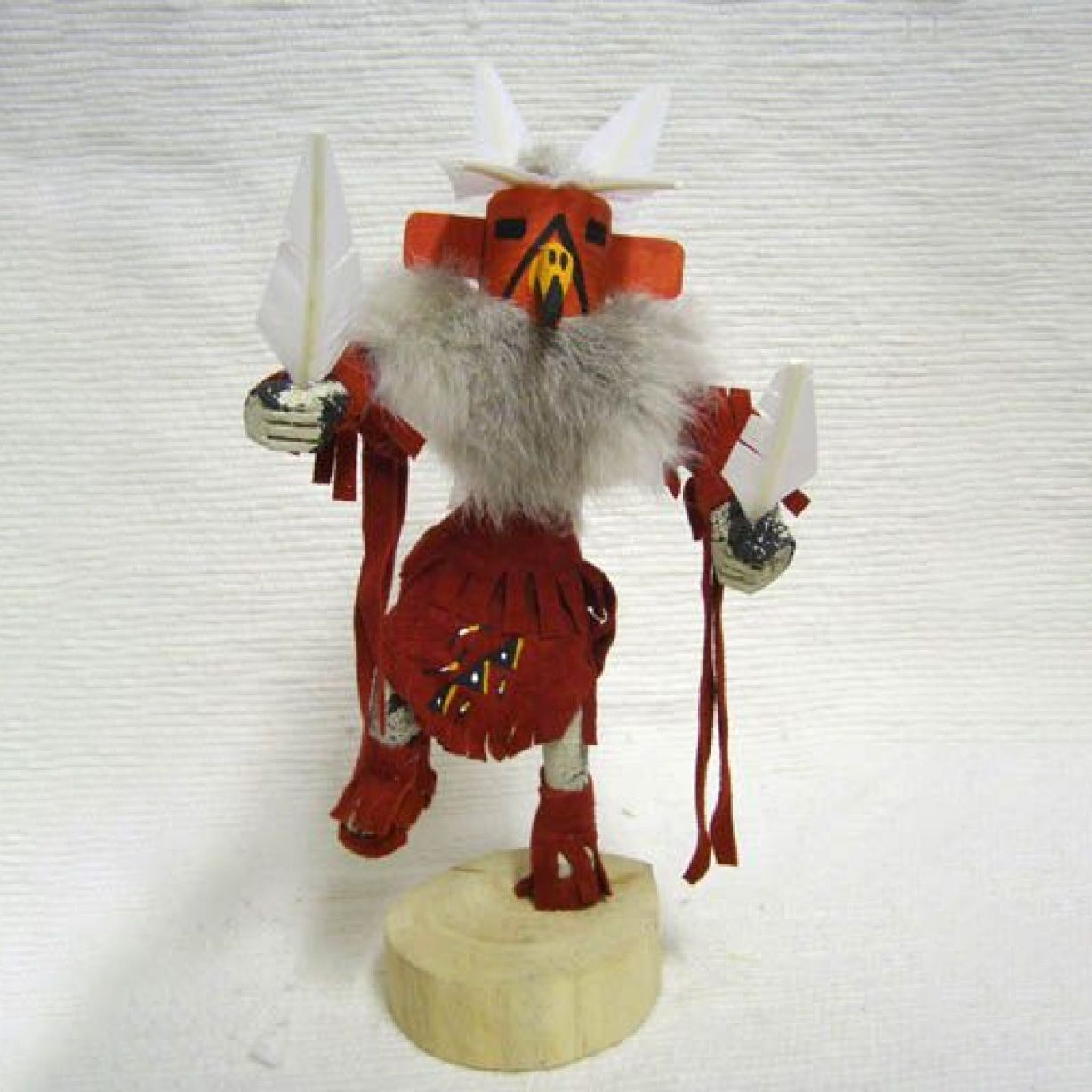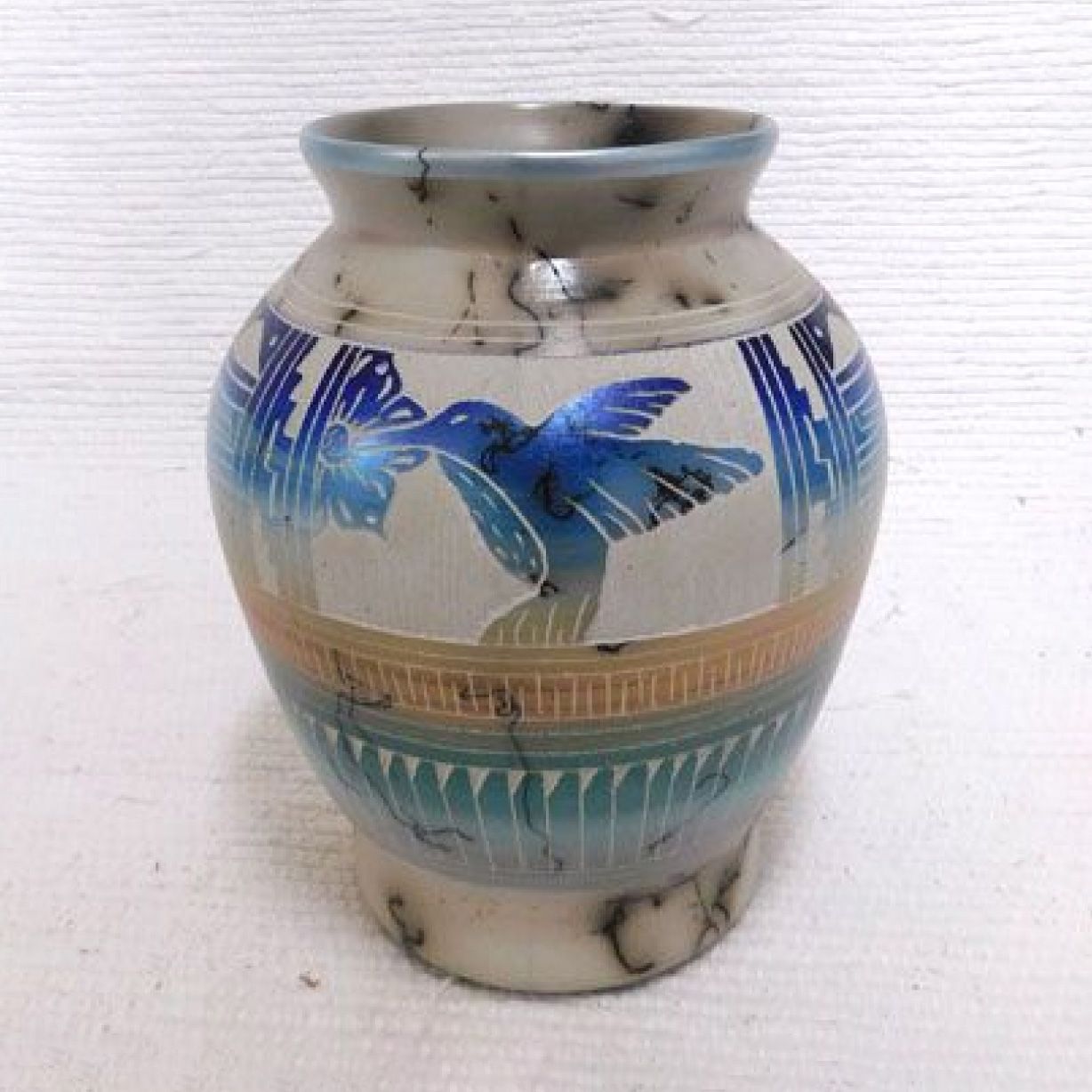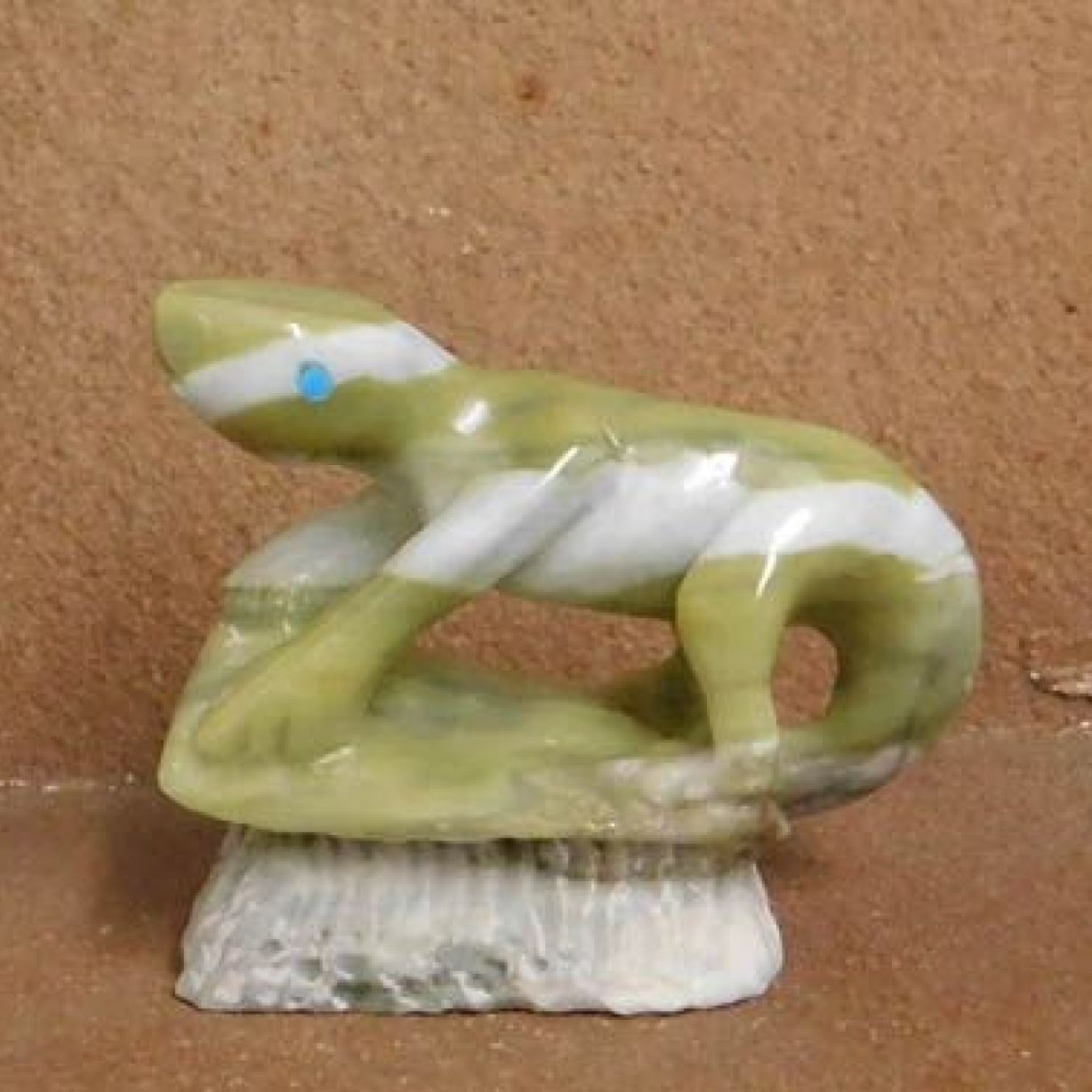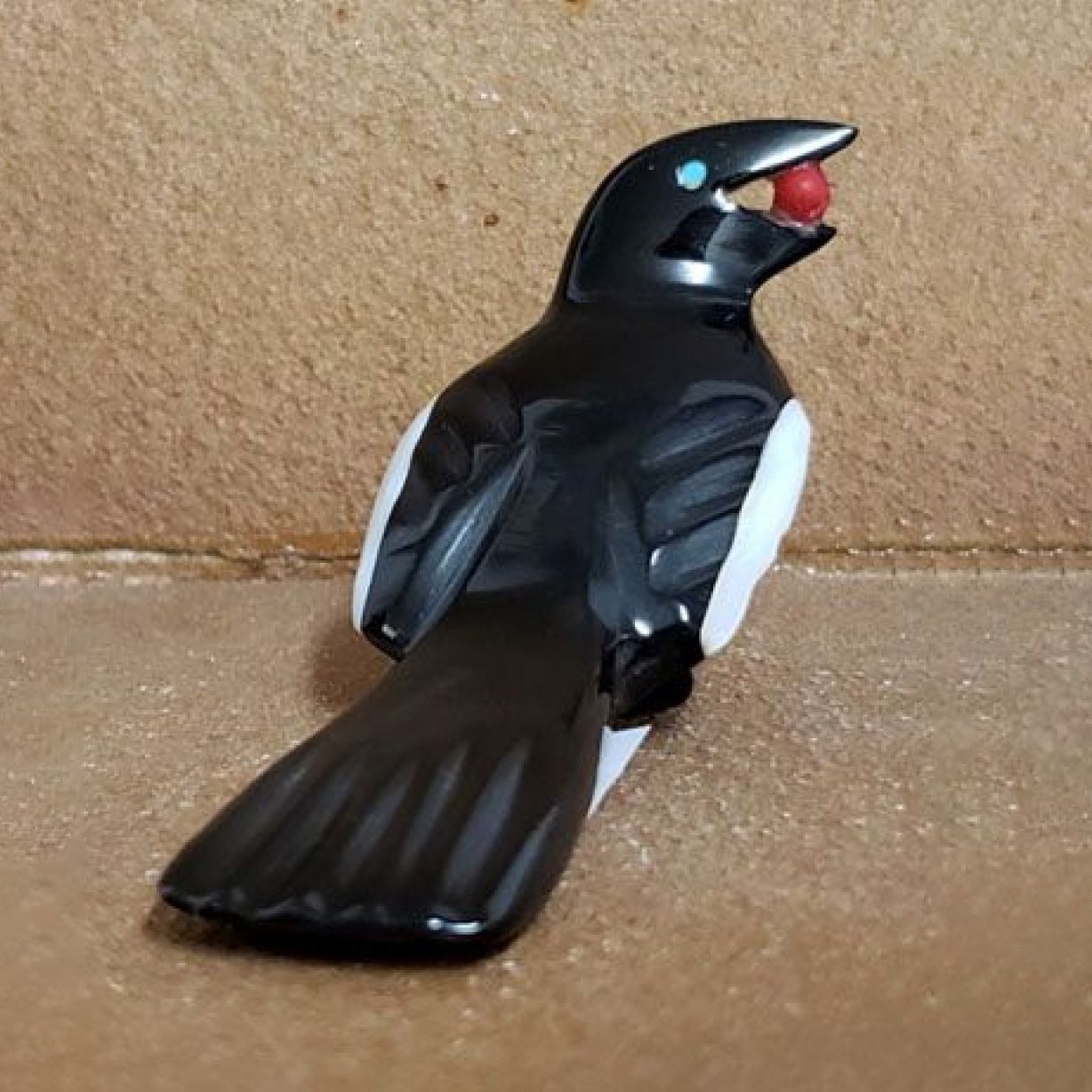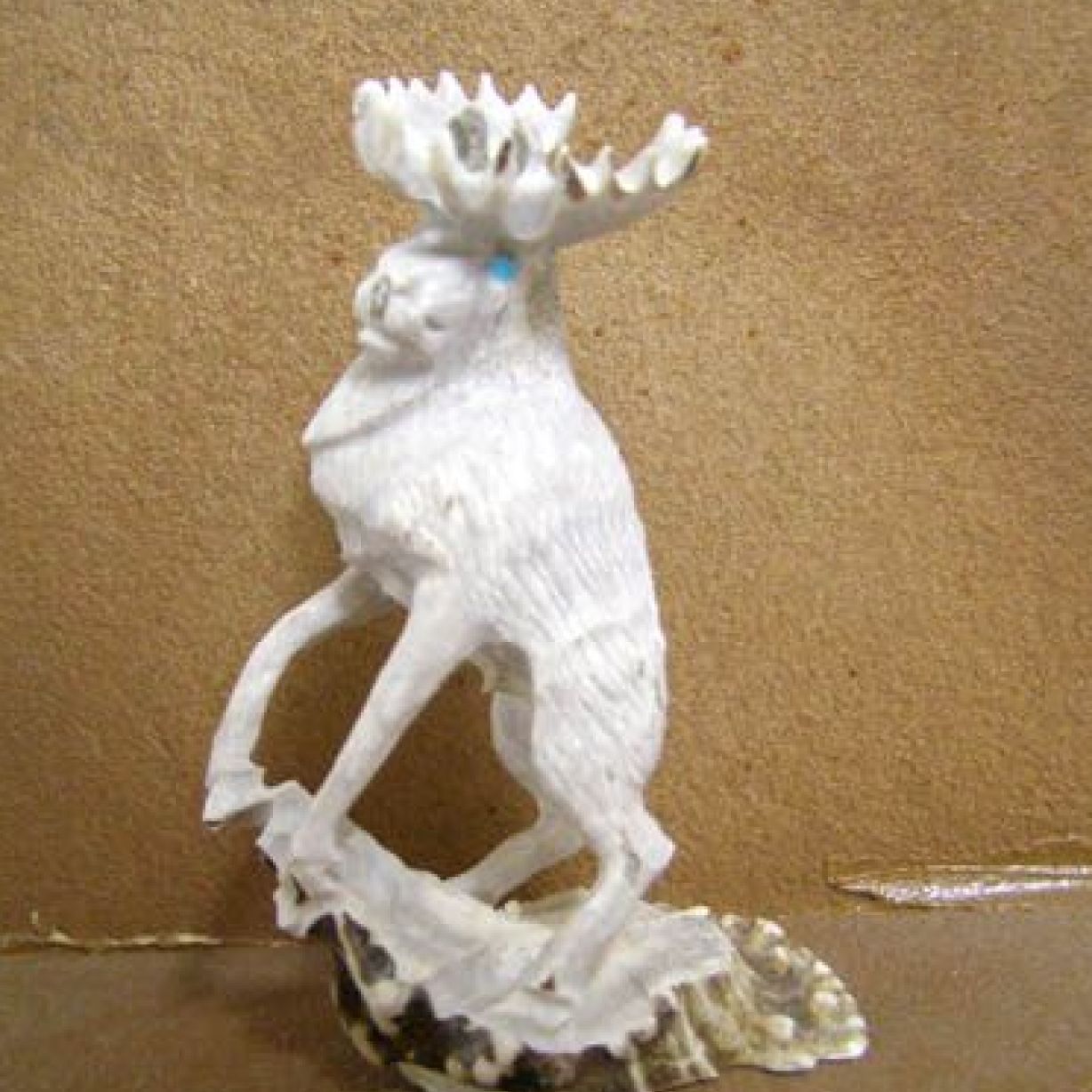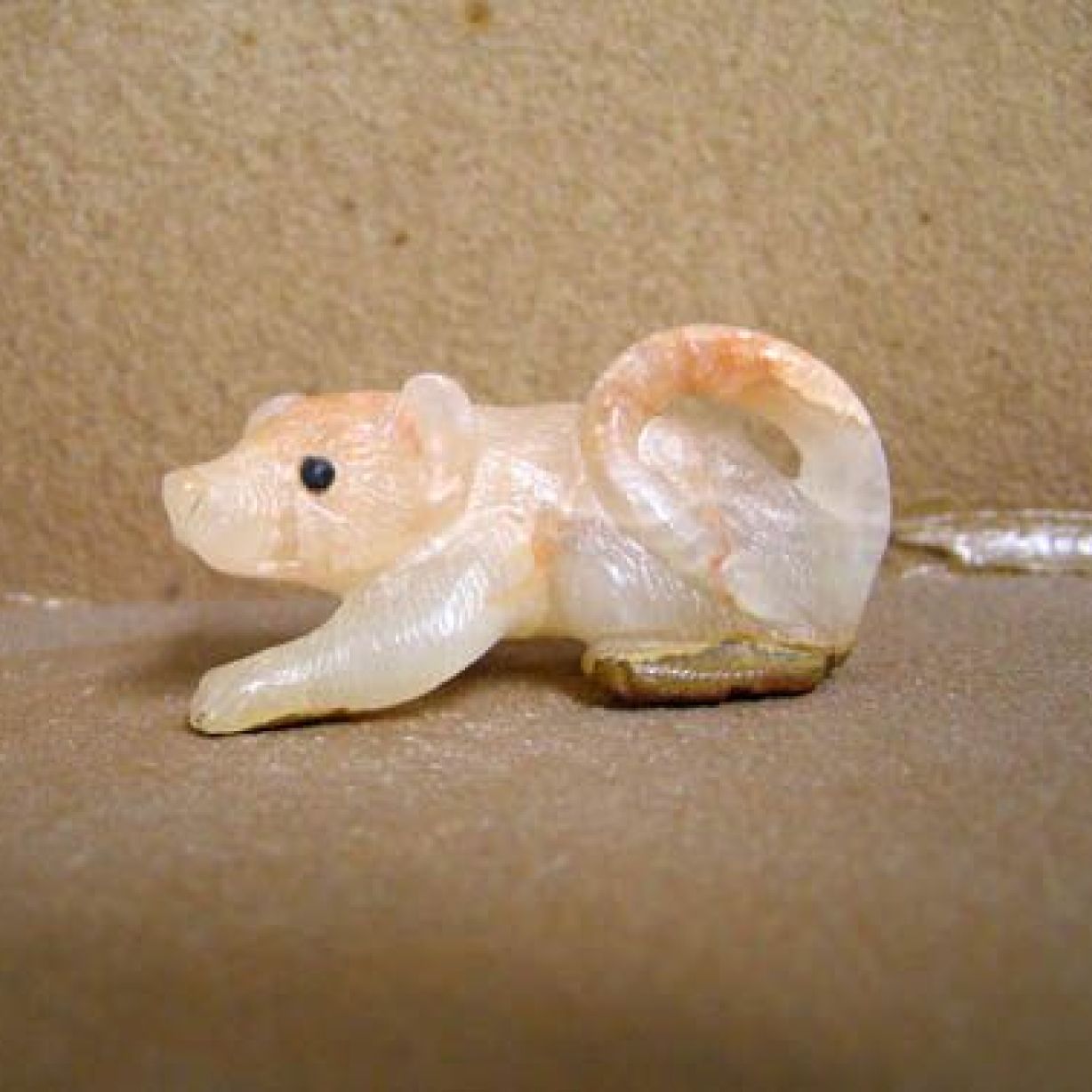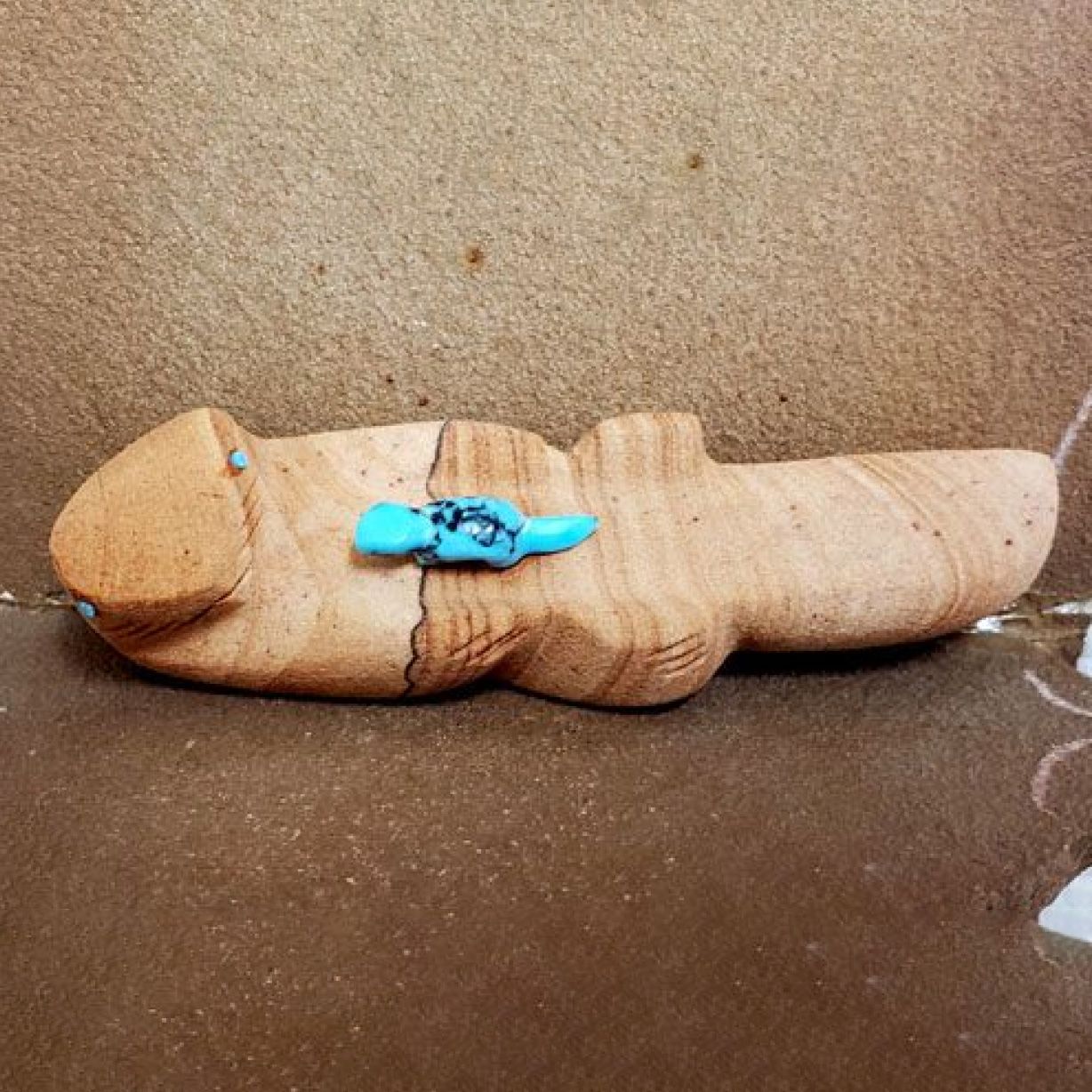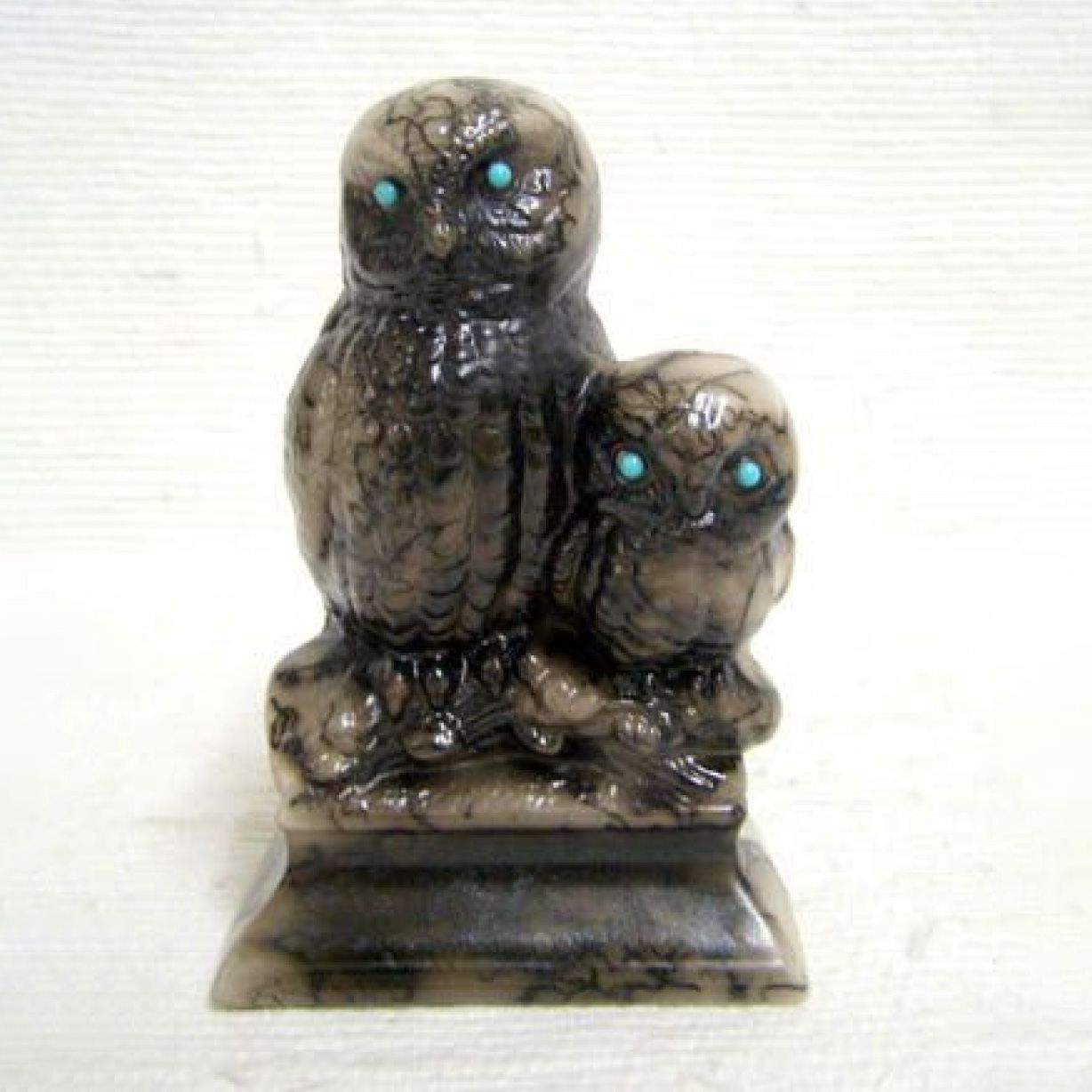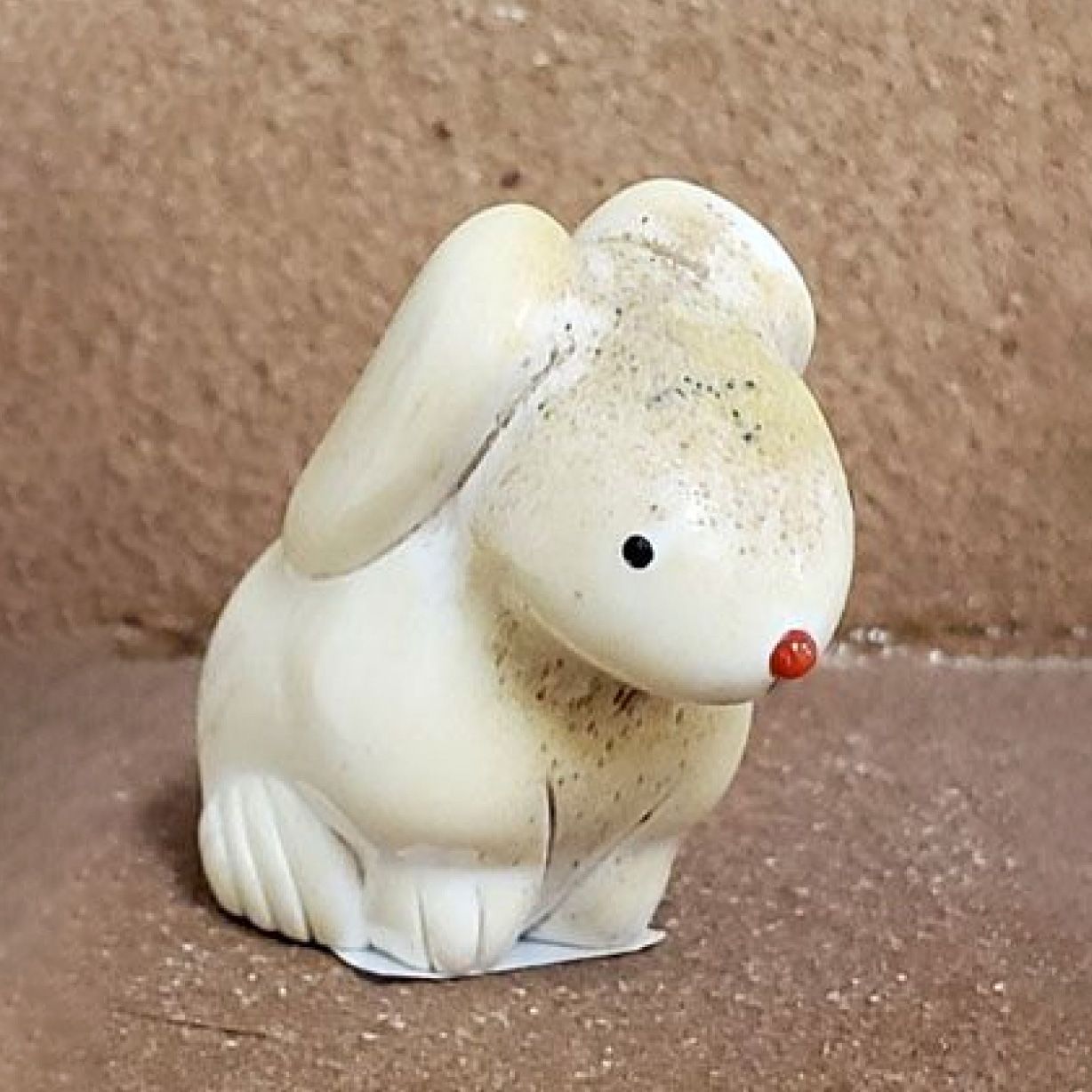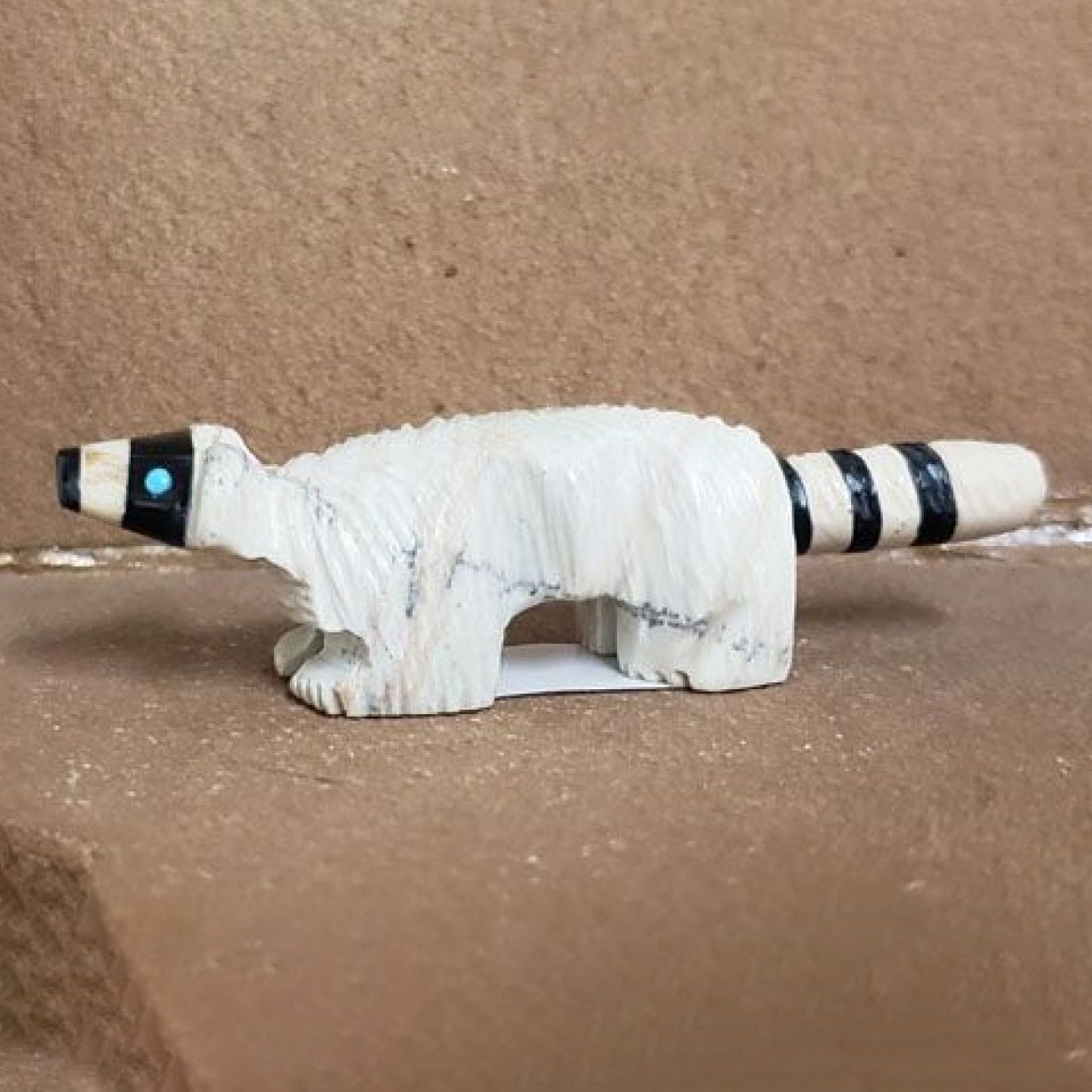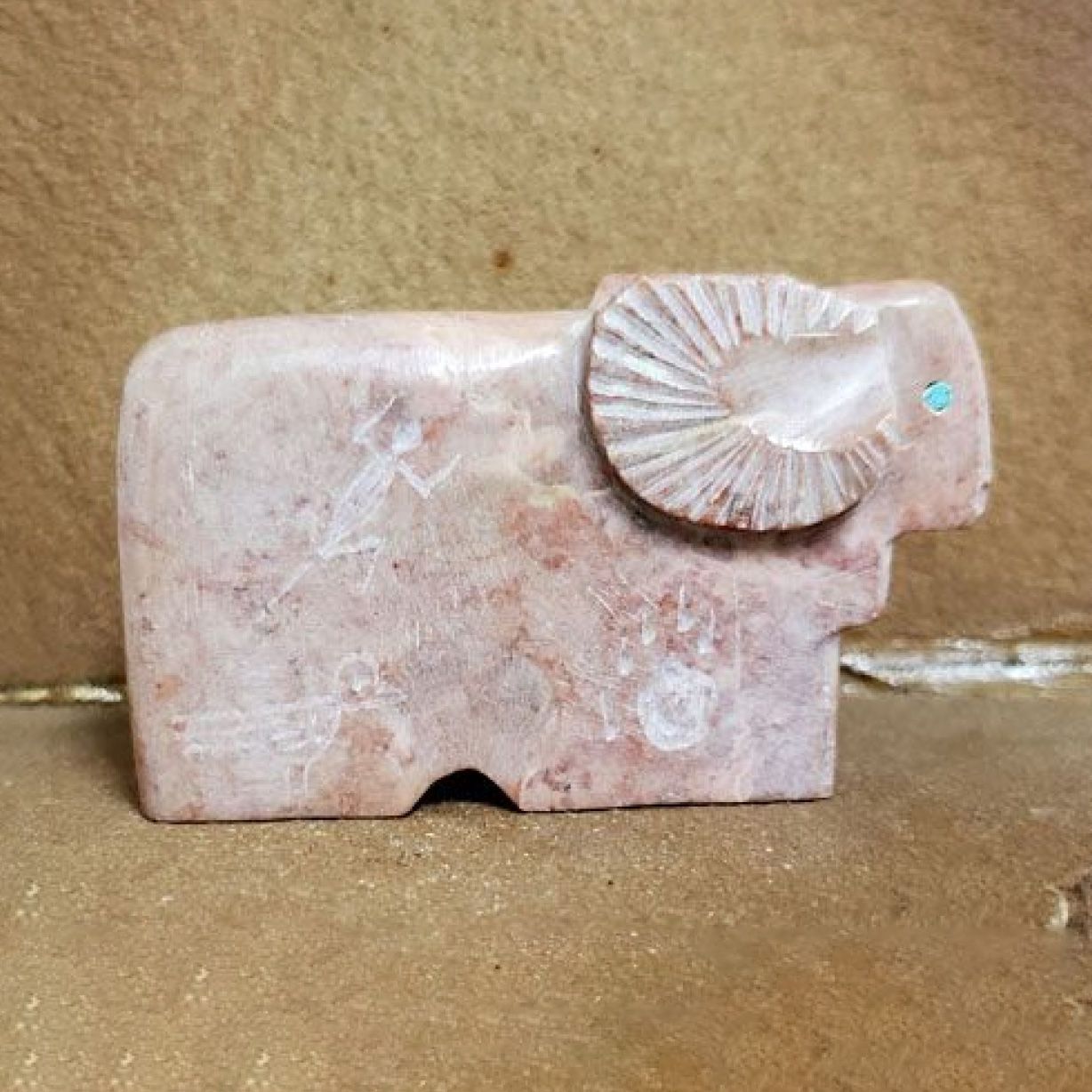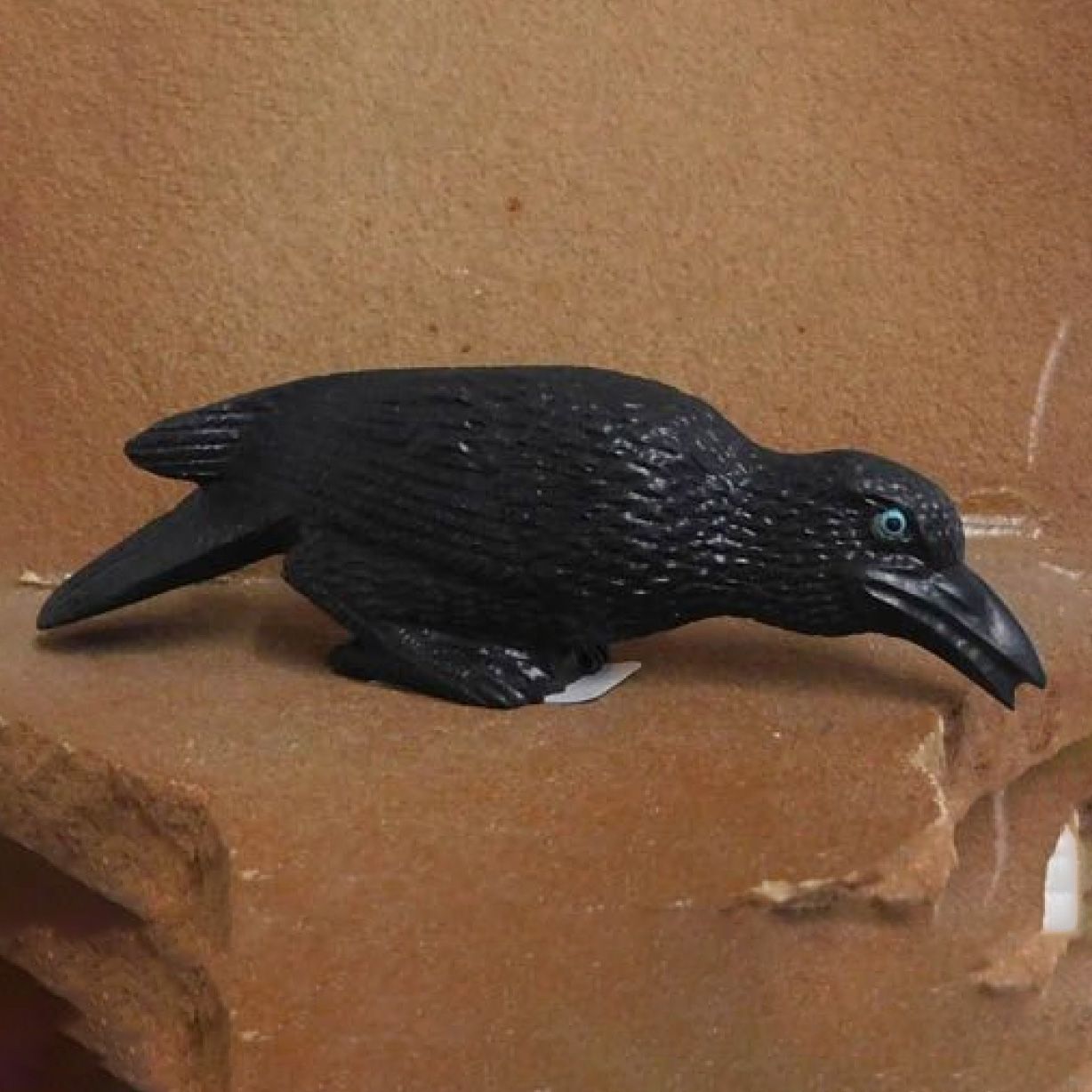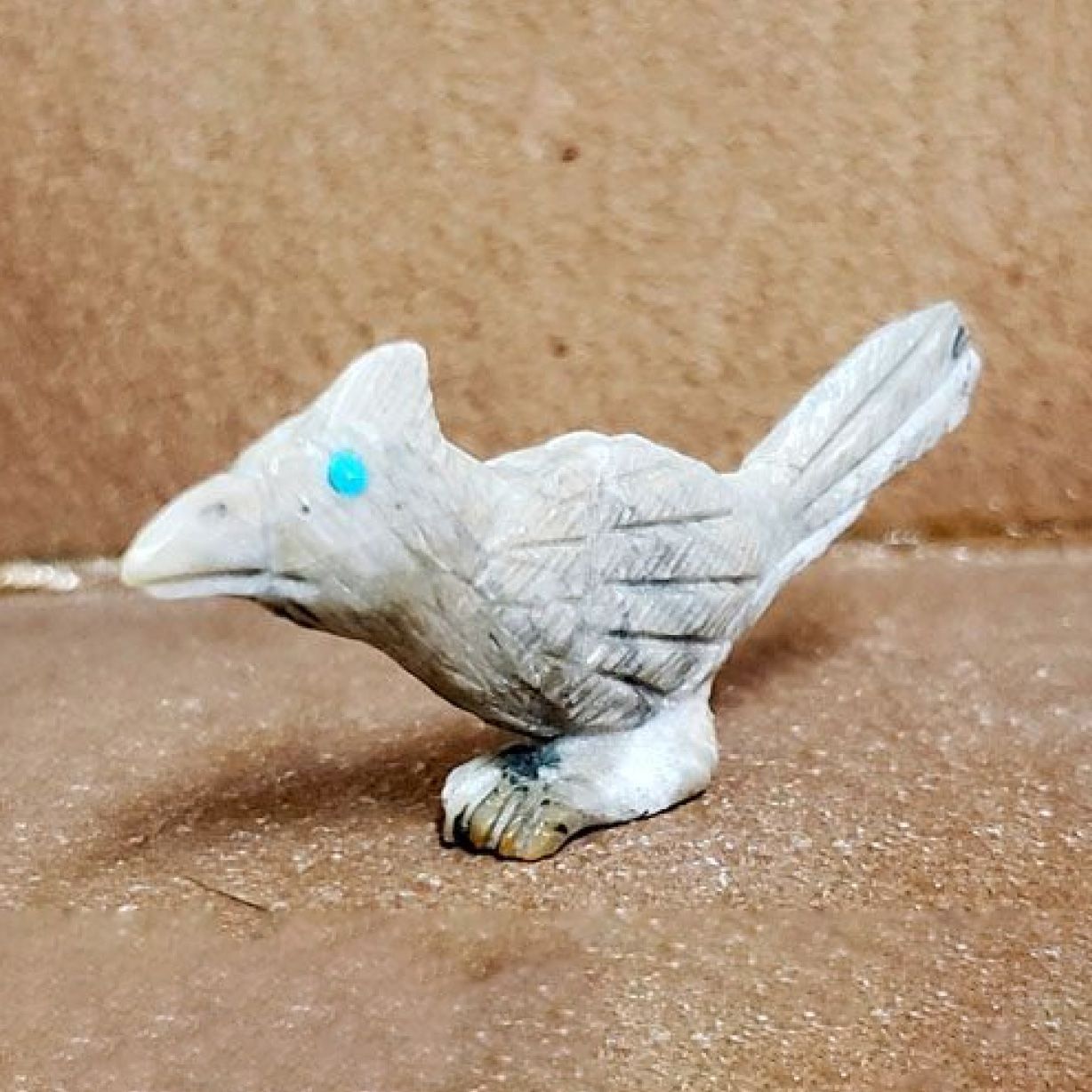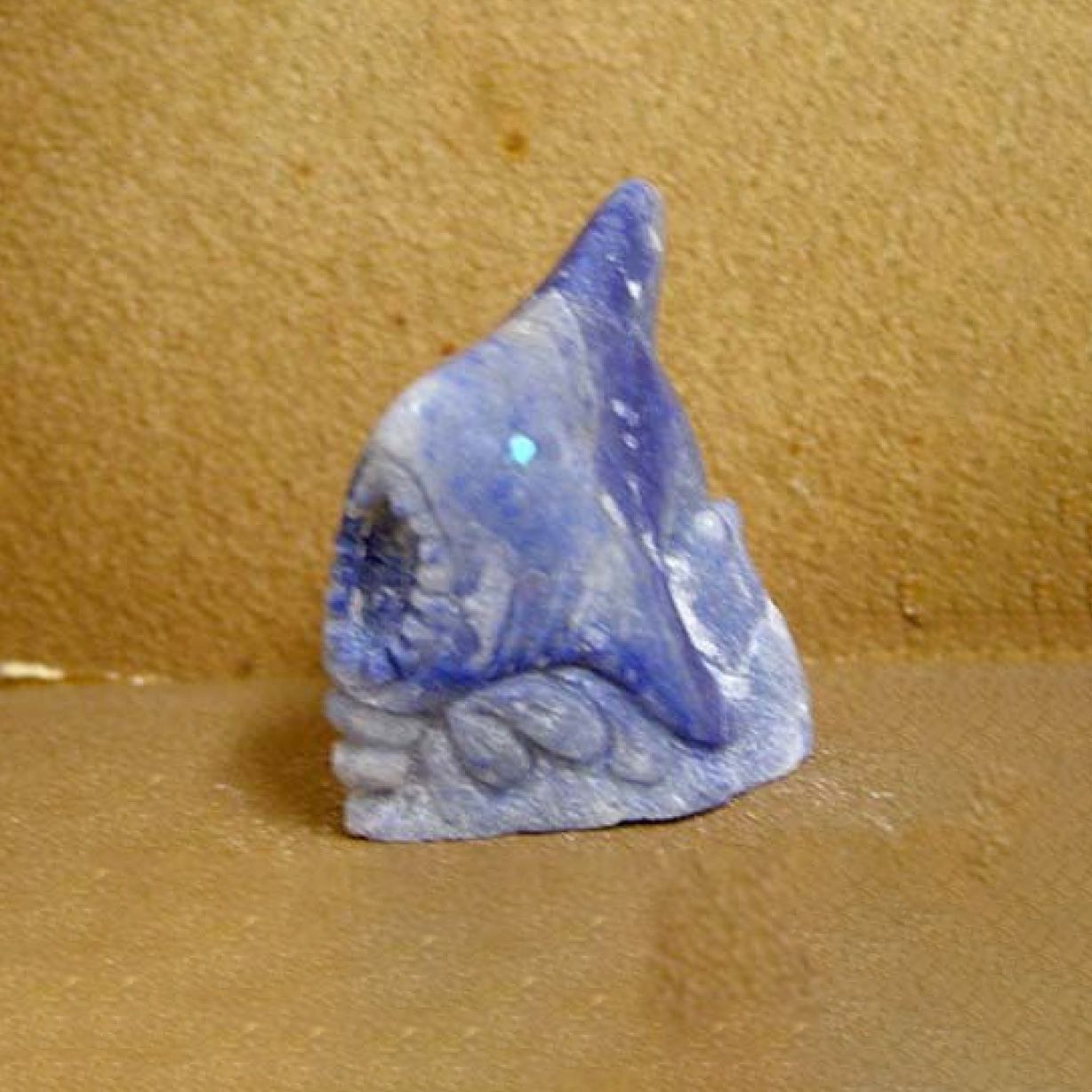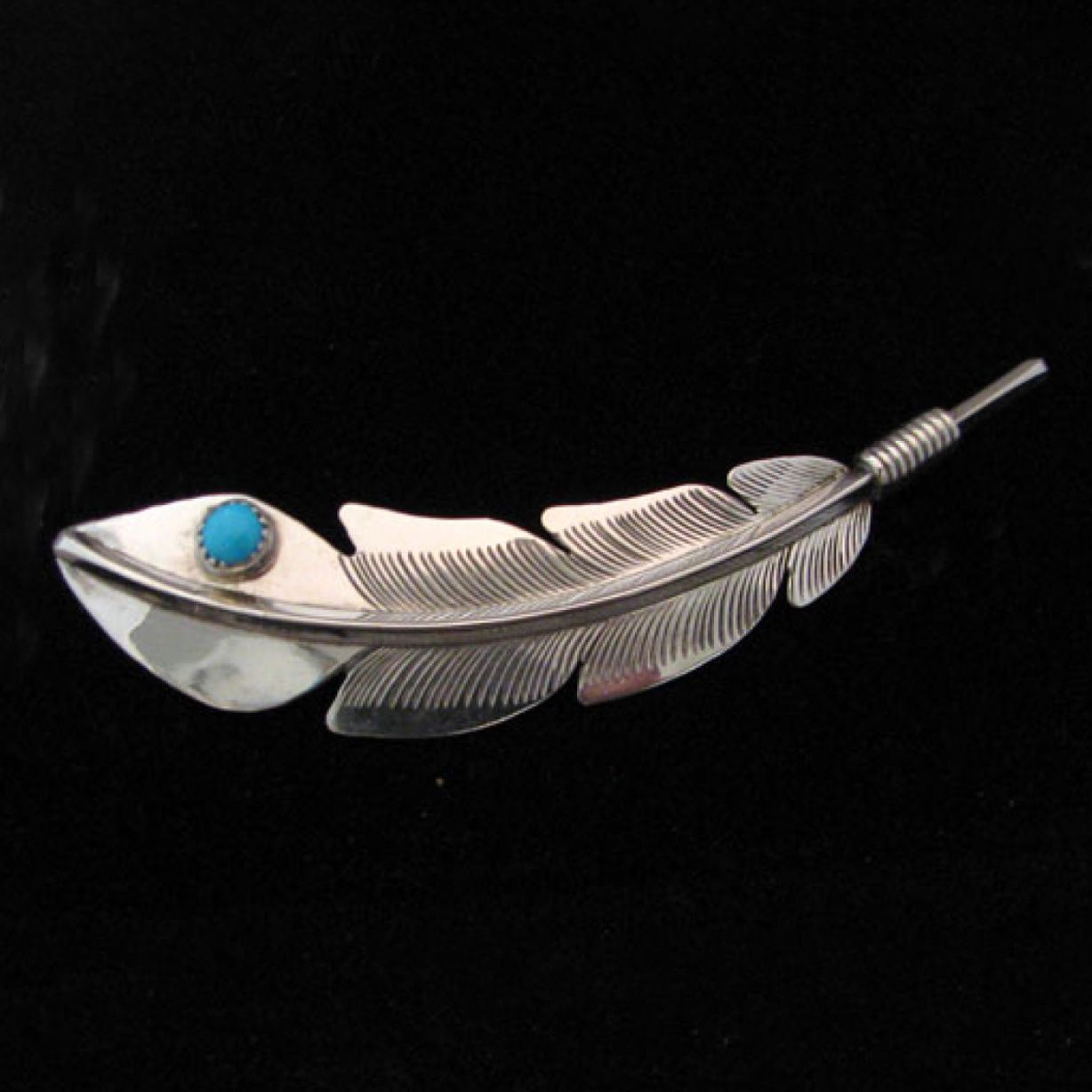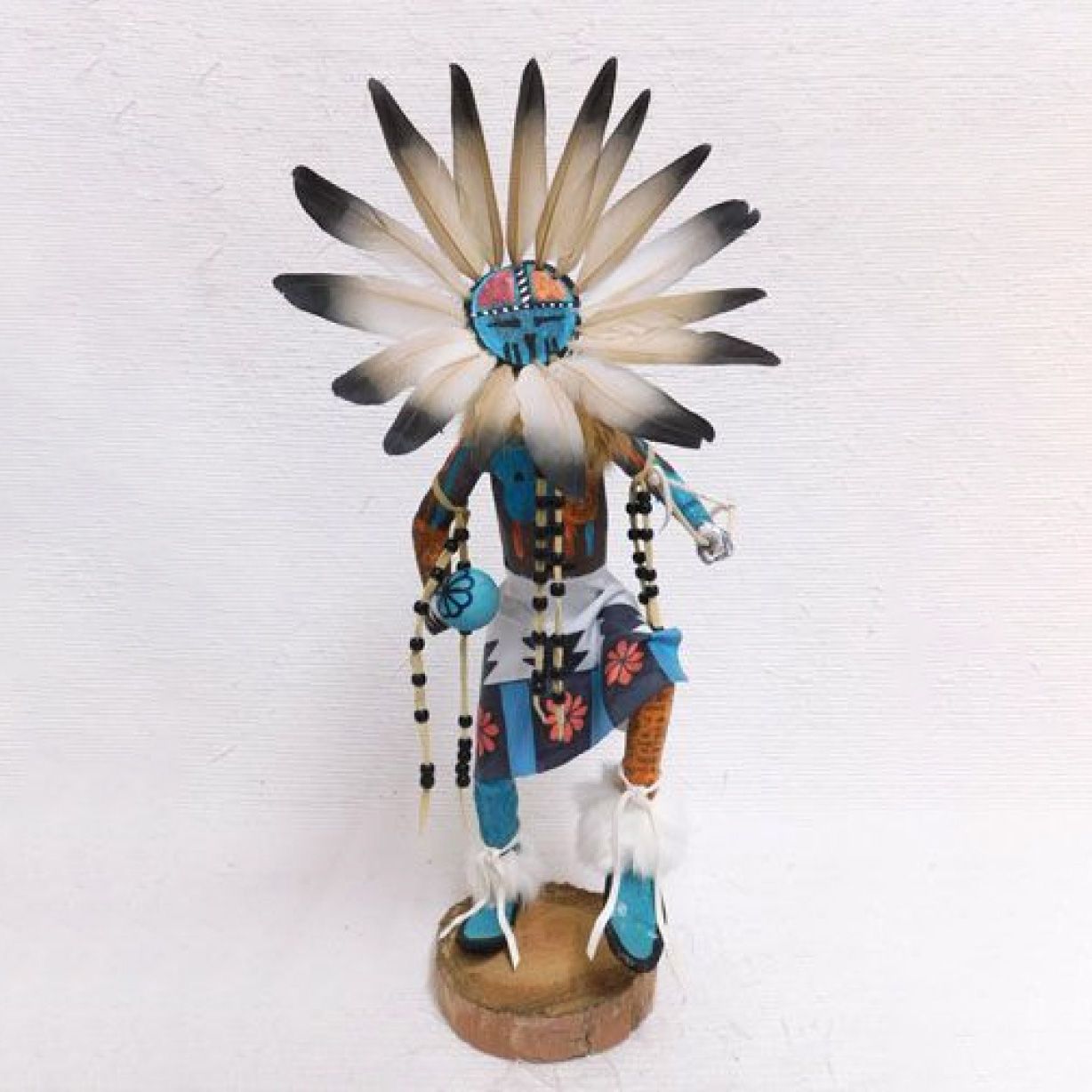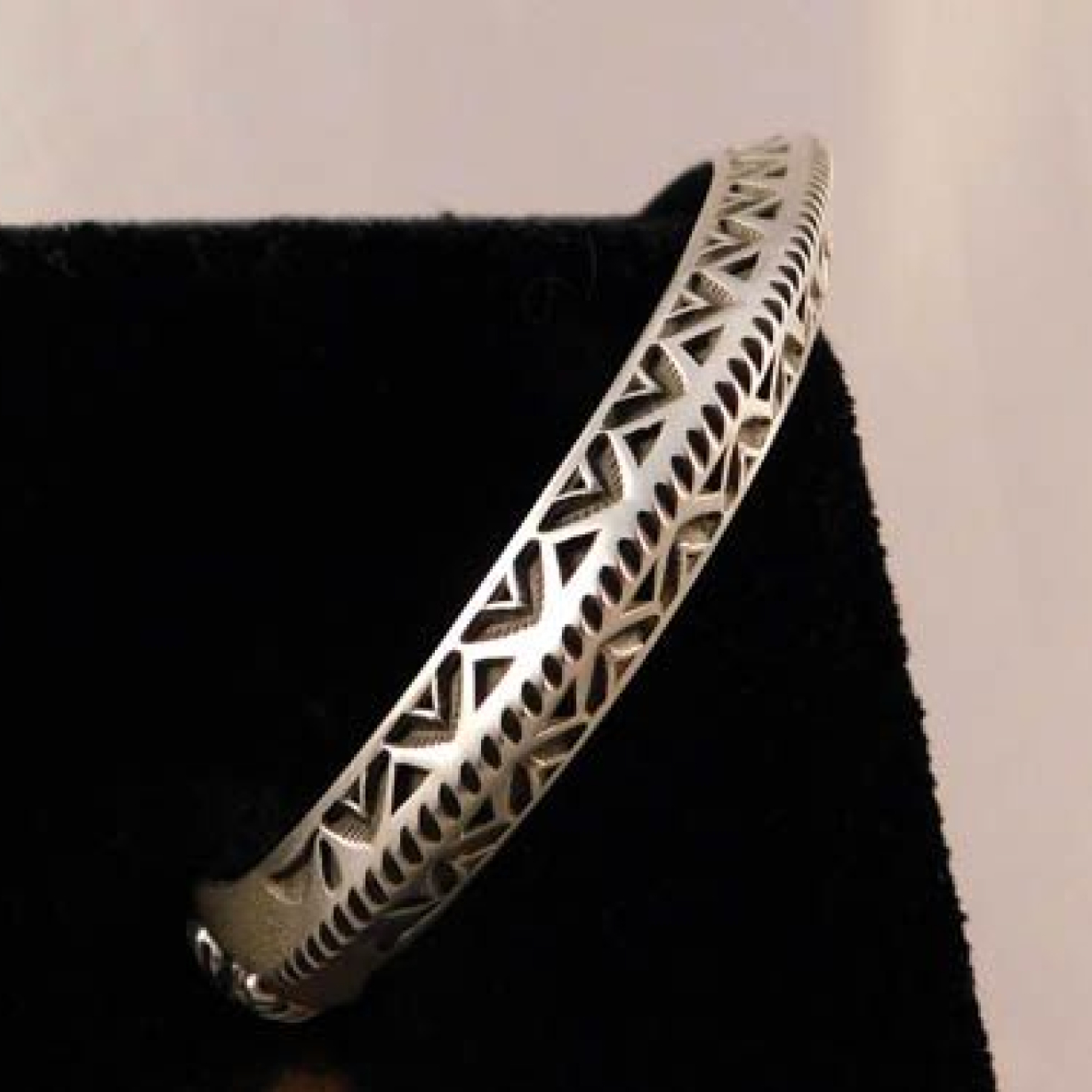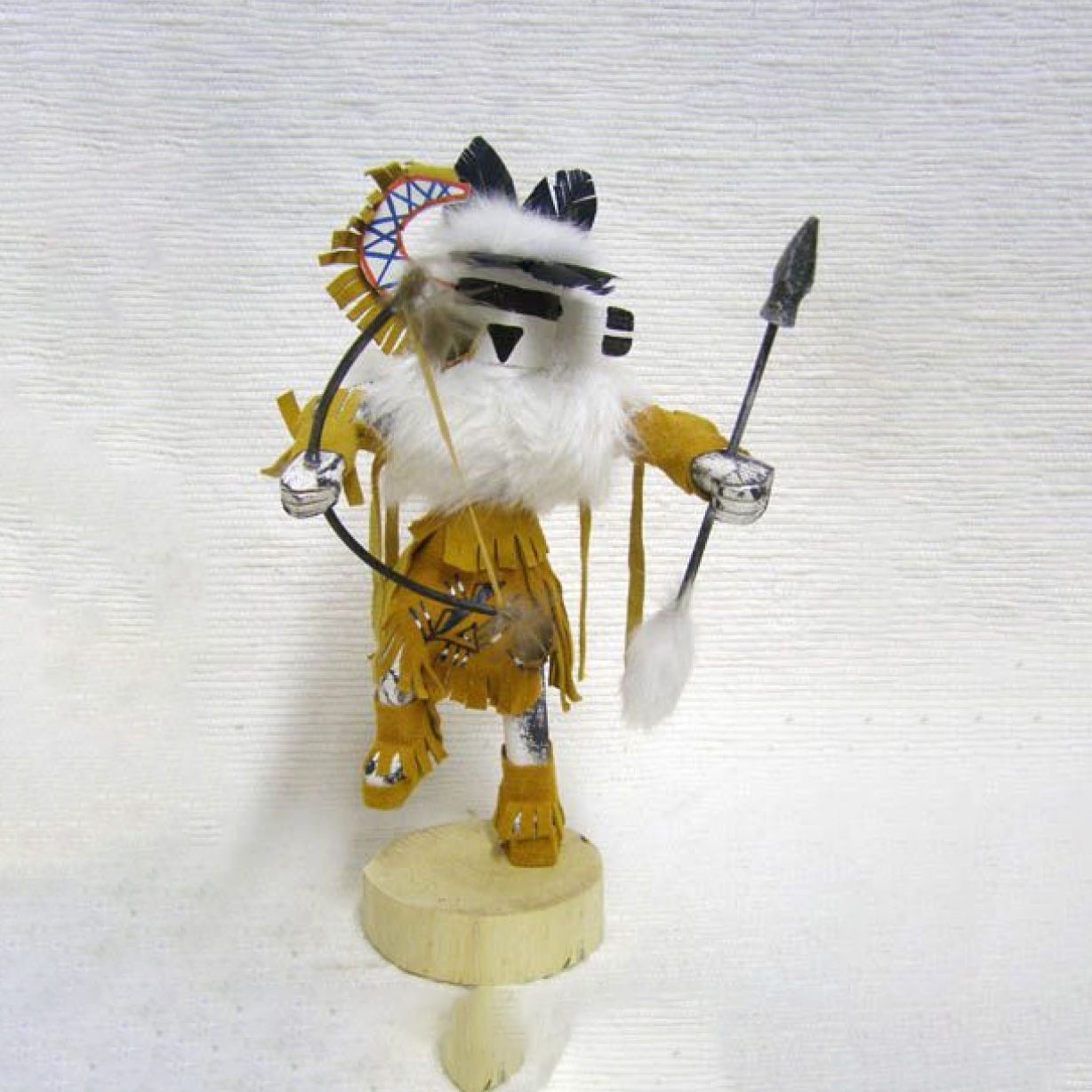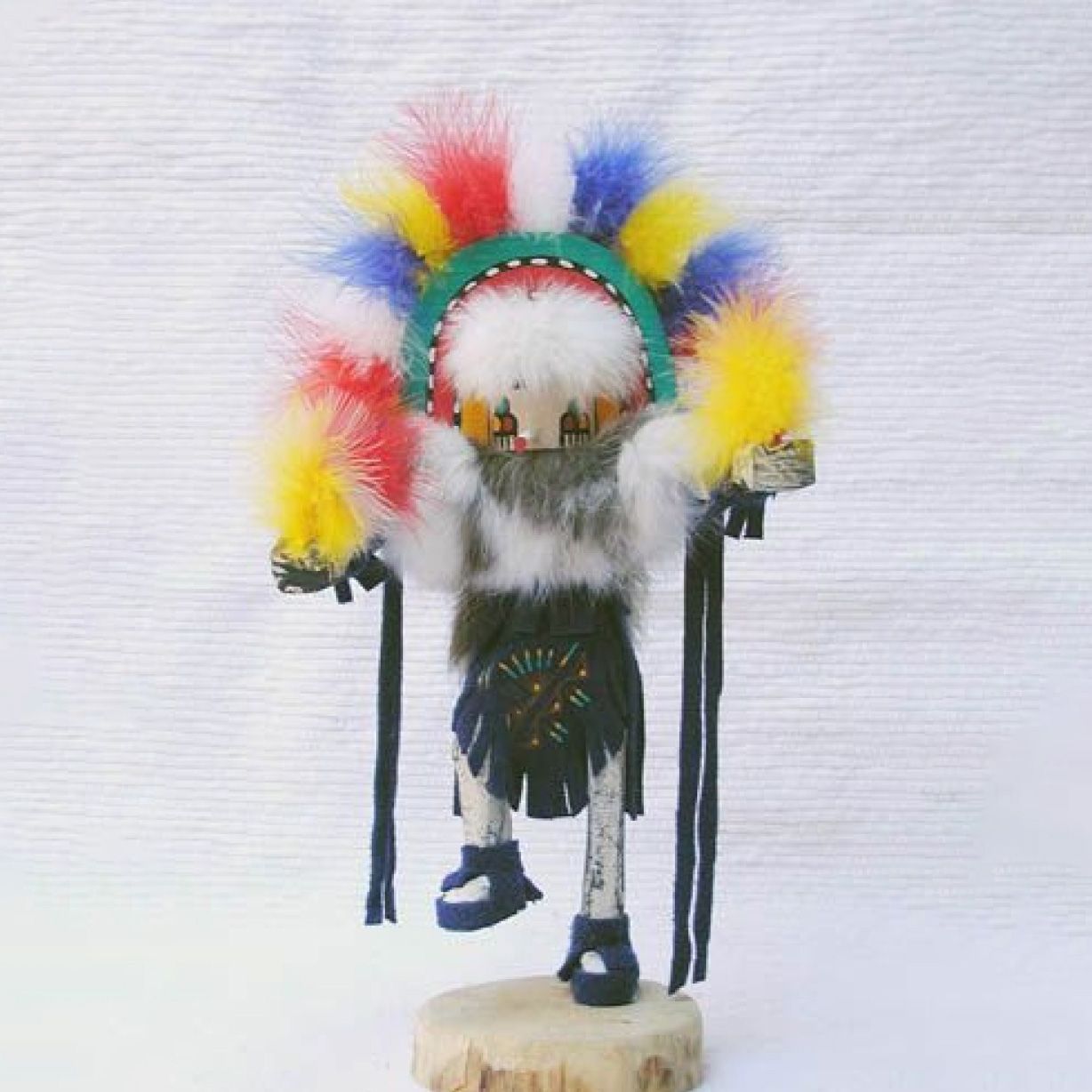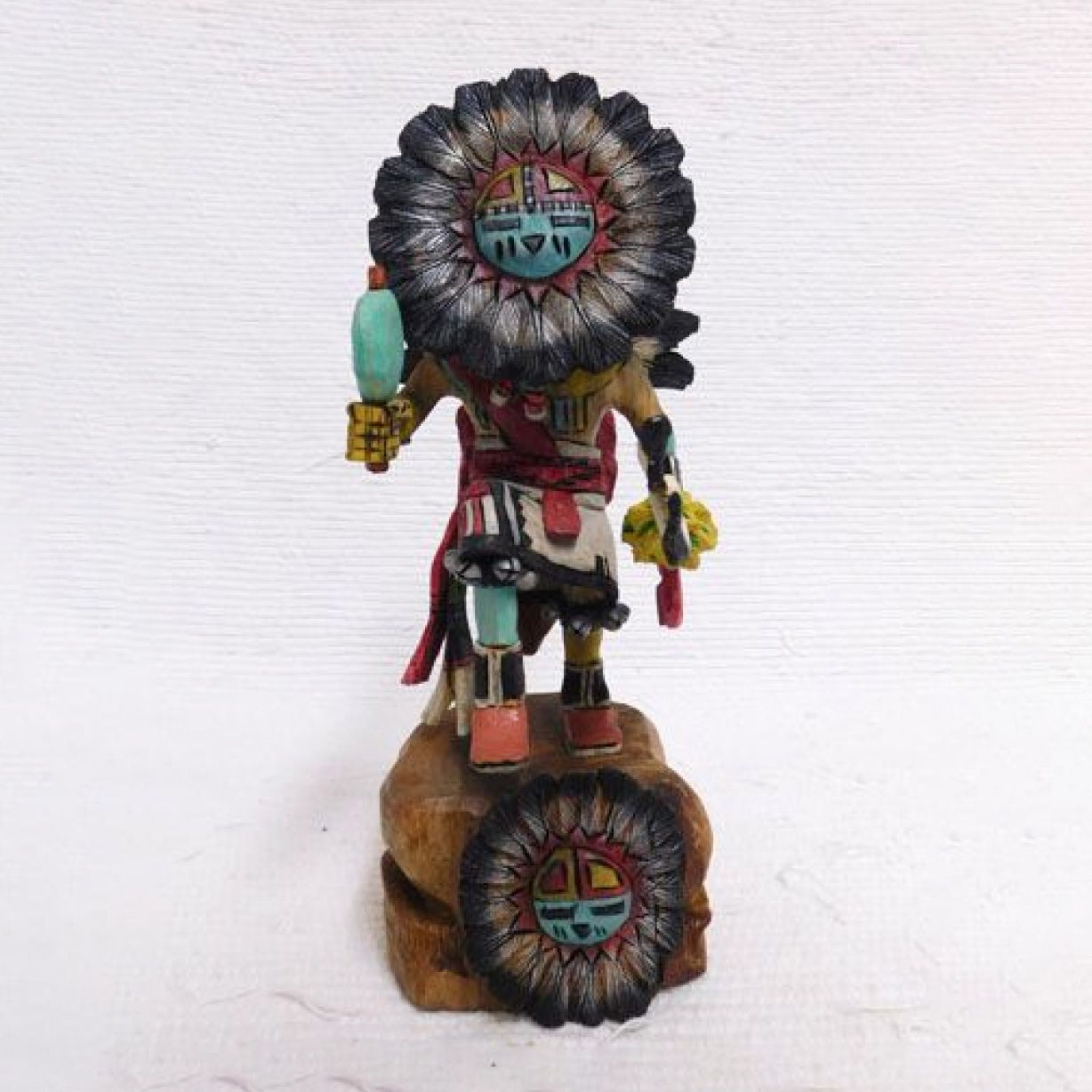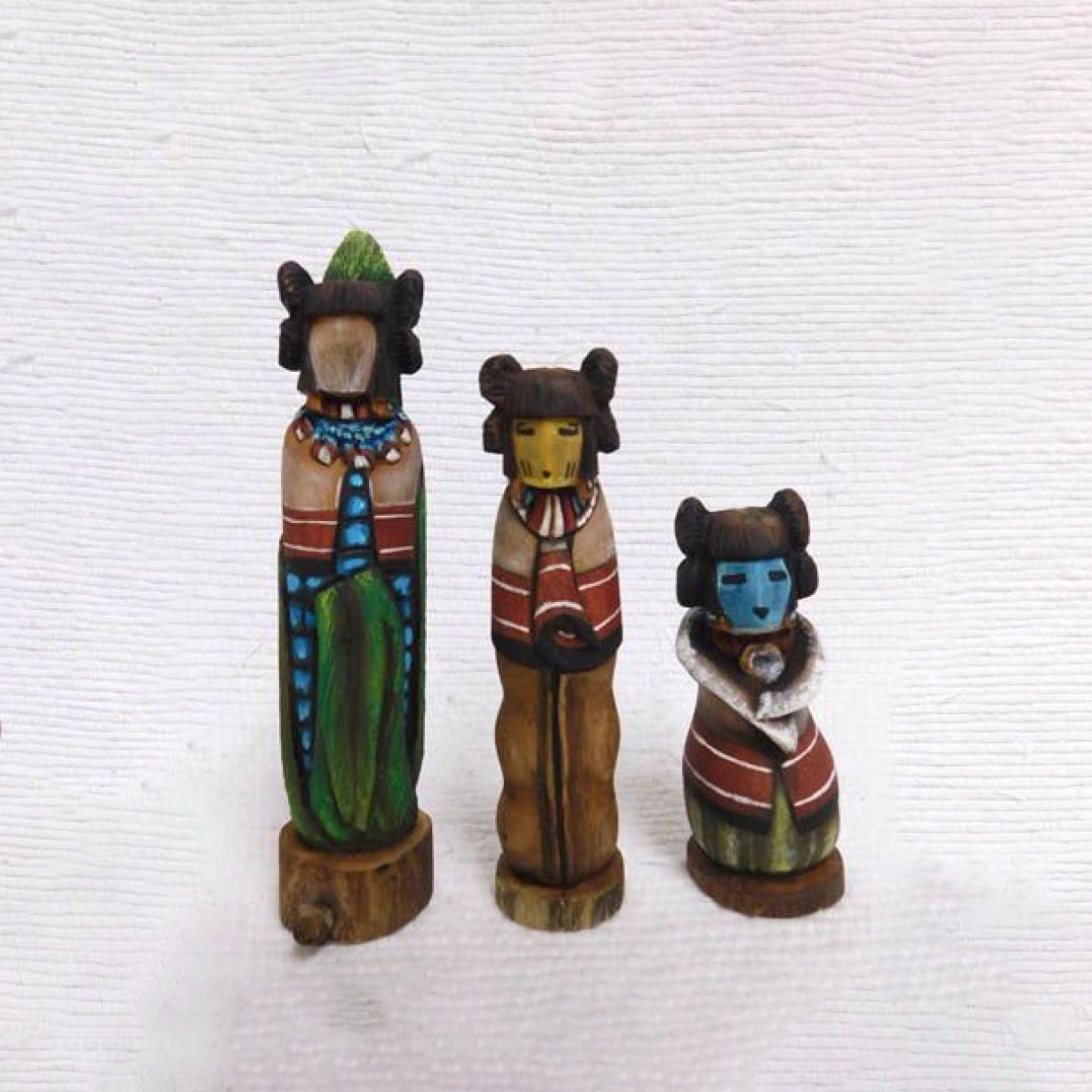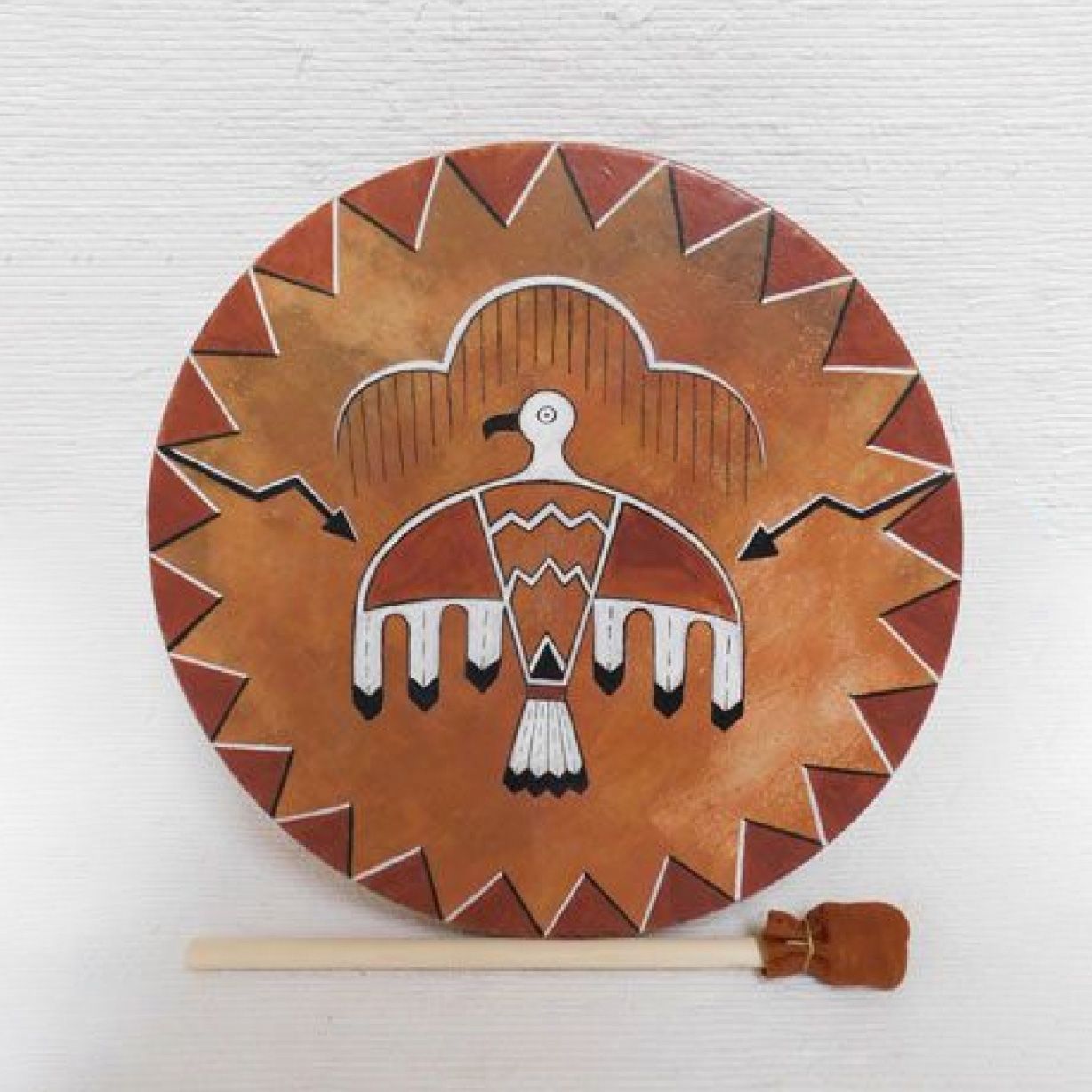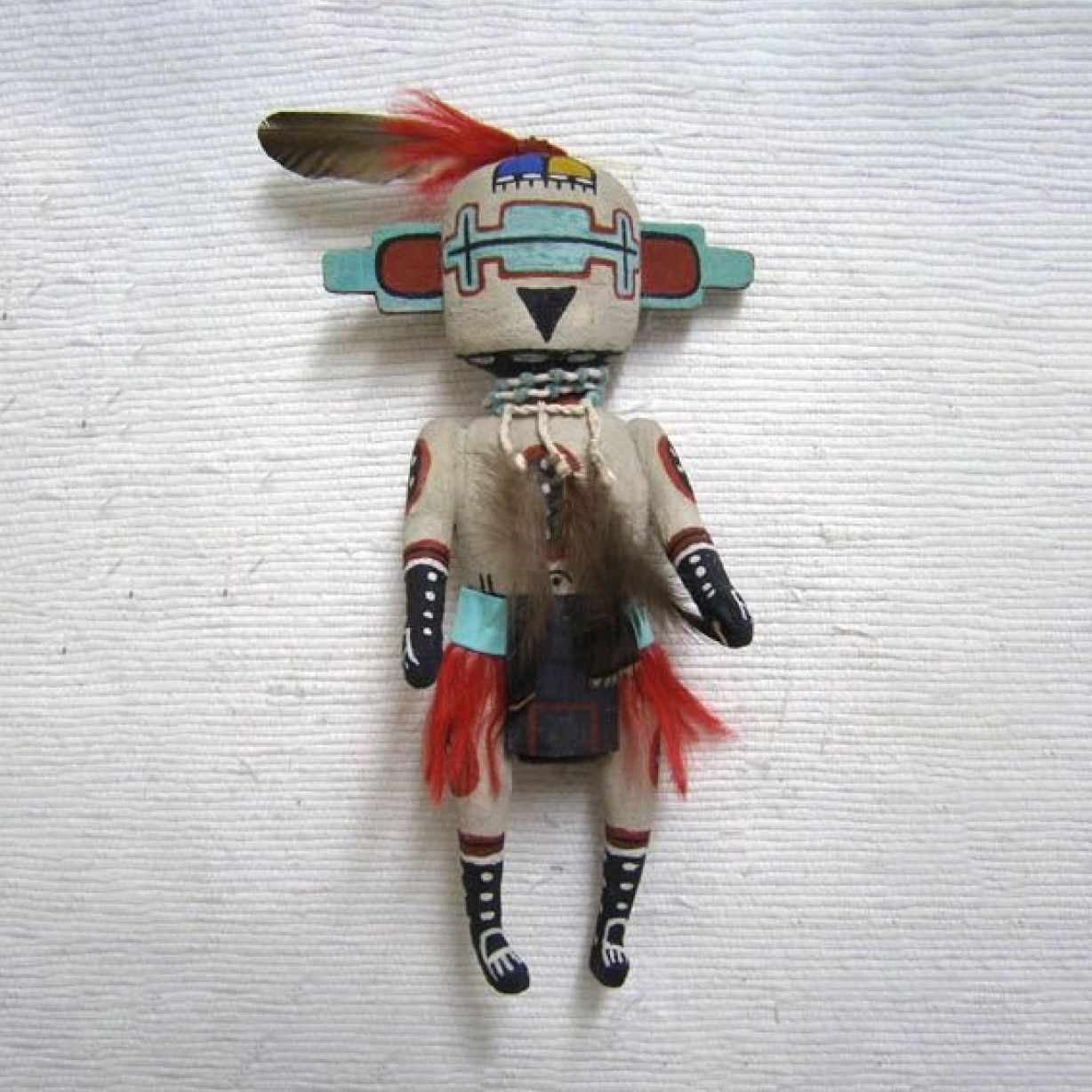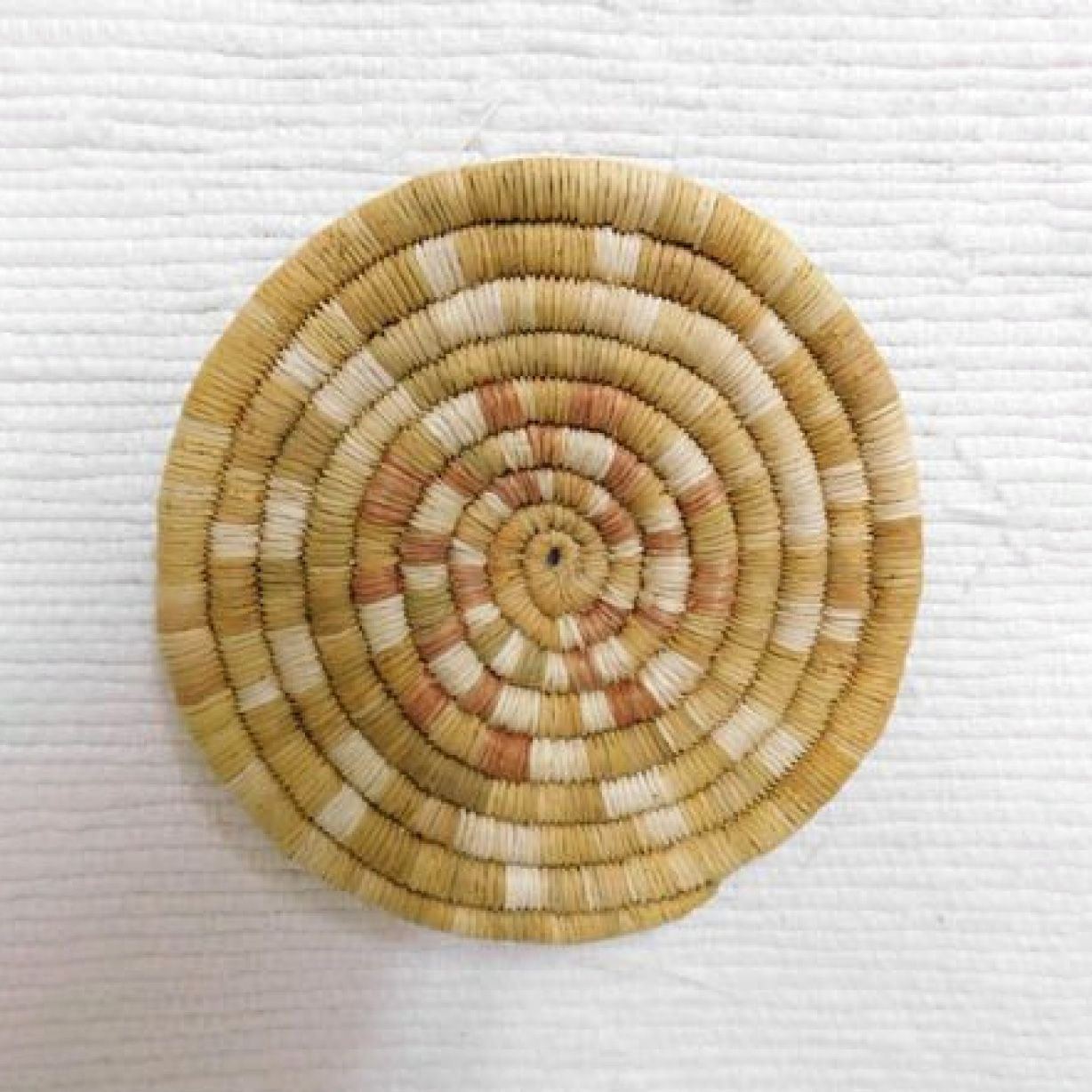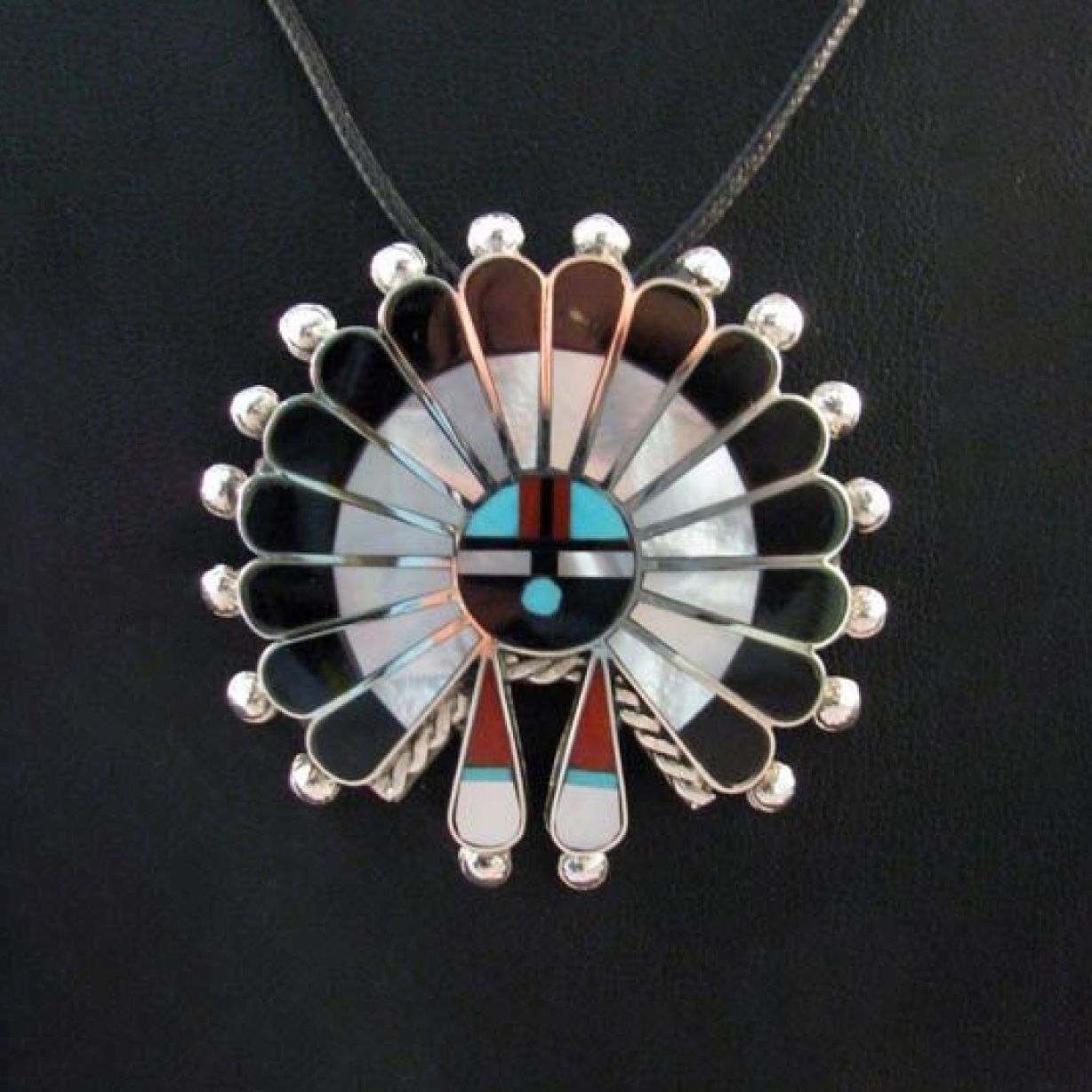
Throughout history, people have used symbols to document important events, track daily routines, communicate ideas, and share beliefs. Symbols provided an easy way for societies to indicate that danger was near or hunting was fruitful; they described objects and relayed their importance.
If you have been browsing our shop, you have seen how frequently Native American symbols are utilized. Certain images and patterns are used as linguistic and storytelling elements. Oral traditions and stories are a hallmark of Native American and other indigenous cultures. Legends and information were passed along through the use of these pictographs.
Use the following guide to help you identify the meanings of symbols that you’ve seen on Native American artifacts. It might uncover an entirely new perspective on the art that you love.
Native American Symbols List
Native American Animal Symbols
Ant
|
Seldom considered, the ant can be seen as a role model for any group of people as ant is both industrious and group-oriented and works for all. |
Badger |
As a clawed being the badger is held in special regard as badger has the ability to find and dig up the herbs needed for curing sickness. Badger is bold, outgoing and independent. |
Bat |
One of the guardians of the night, bat is said to have power of death and rebirth. |
Bear
|
Renowned throughout the Native world as one of the major power animals. Bear is a healer whose strength and courage inspire all. |
Beaver
|
This cunning and resourceful water animal is respected for its ability as a builder who is always adaptable. Badger promotes family unity. |
Bobcat
|
Regarded as a keeper of secrets, bobcat is intelligent and nocturnal. |
Buffalo
|
Believed to be a mainstay of the people. Buffalo is sacred and life-giving providing food, clothing and shelter. Buffalo has great endurance and is said to have the ability kill evil thoughts |
Butterfly
|
Popular in all forms of creative endeavor, the butterfly has the ability to accept change and is seen as a symbol of transformation. |
Coyote
|
Known throughout the southwest as a trickster, coyote is one mischievous critter. Coyote is said to be particularly insightful and possessed of great stealth. |
Dog
|
Though seldom represented in the symbol world, when dog is around he is most often used to convey loyalty and trust. |
Deer
|
Seen as gentle and kind, deer is recognized for quickness and as being the protector of the family. |
Dolphin
|
Only a series of adjectives can be used to illustrate the many meanings carried by dolphin. Kind, playful, compassionate and generous. It has been said that dolphin was once human and is now considered protector and guardian of people. |
Dragonfly
|
Like the butterfly, dragonfly is a water symbol and a symbol of transformation, swiftness and activity. The dragonfly represents hope and infinite possibilities. |
Eagle
|
Eagle is a messenger who carries prayers from the people to Creator. Said to be the most powerful bird that flies the highest, eagle possesses wisdom and courage. Eagle is believed to be both a leader and a protector. |
Fox
|
Fox is known to be clever and intelligent. Fox is held in high esteem for his ability to be a provider. Fox is able to work through complicated things. |
Frog
|
Among the many characteristics ascribed to frog, are strength and stability. For Native people, frog represents water, fertility and spring. |
Hawk
|
Hawk is a messenger between the earthbound and the spirits. Hawk is a guardian who represents strength and far-sightedness. |
Horse
|
Prior to the arrival of the horse, Native people walked or ran no matter the activity in which they were engaged. Horse represents mobility, speed, stamina and journeys. |
Hummingbird
|
Hummingbird is a ferocious fighter who constantly defends the nest and sources of food. Hummingbird represents joy, beauty, eternity and devotion. |
Lizard
|
Seen by Native people as a matchmaker, lizard possesses agility and perseverance. The lizard helps us remember our dreams and focus on our visions. |
Magpie
|
Magpie is recognized as the guardian who sends out signals when danger is coming. |
Mole
|
Regarded as keeper of the underground, mole also protects the crops. Mole is highly self-aware and trusts what is felt rather than what is seen. |
Moose
|
Moose is among the most headstrong of animals and is celebrated for the ability to balance and for longevity. |
Mountain Lion
|
Owing to the mountain lion’s intelligence and physical power, leadership falls to him. |
Mouse
|
In the animal kingdom, mouse is a timid member, known to be secretive. |
Otter
|
In tribes of the Pacific Northwest, otter is renowned for intelligence, curiosity and patience. Otter is extremely loyal and trusting. |
Owl
|
Owl is connected to night and dark, called the keeper of the night. He is wise and often can see what others cannot. Owl has transformational magical powers. |
Rabbit
|
Rabbit is known to be alert and resourceful. A symbol of fertility, rabbit is gentle and playful. |
Raccoon
|
Raccoon is a bandit who will steal anything. Known to be curious and determined, raccoon is also shy. |
Ram
|
Ram is a teacher who instructs in ways to always be prepared for opportunities. He is a male fertility symbol who has power over rain. |
Raven
|
Raven is one of the important figures in NW Coats belief. Raven symbolizes knowledge and transformation, and has the ability to guide us through the darkest times. It is said that raven opened the clam shell and allowed the people to arrive. Raven is also the keeper of secrets. |
Roadrunner
|
Roadrunner is clever and agile and can ward off witchcraft. |
Shark
|
Shark is the guardian of the sea and protector of its inhabitants. Shark is fast, intelligent and believed to be a connection to past knowledge. |
Other Native American Symbols
Father Sky/Mother Earth (Navajo)
|
This speaks directing to harmony and balance. Read this article for more Navajo symbols. |
Feathers
|
Feathers were considered gifts from the sky and were awarded to great warriors and other highly decorated members of the tribe. Today, they are still given as gifts and awards for high achievements. |
Hopi Sunface
|
The Sunface Katsina, known as Tawa, represents many things including the sun’s warmth, hope of shelter for the elderly, and a bright future full of playfulness for the young. The sun is also essential for the growth of crops. |
Mountains
|
Believed to be the home of the Great Spirit. Natives make many pilgrimages to mountains to pray to the spirits. The mountains represent strength and endurance as well as a sense of eternity and constancy. |
Rain/Water
|
Rain is prayed for to bring renewal. Water is vital to all life, and represents cleansing and fertility. Good prospects follow the rain. The rain brings continuity to the seasons. |
Rainbow
|
The rainbow is the celebration after the rain, it is a direct connection between earth and sky. |
Sun
|
The most powerful being in the sky. The sun was watched and its path studied. The cycles of the sun are critical in the cycle of all life. The sun is a symbol of energy, renewal, happiness and healing. |
The Three Sisters
|
Coined by the Iroquois (Haudenosaunee), Three Sisters is a combination of three plants working together; corn, beans and squash. This style of planting utilizes these three crops to their full potential in one space to create a circle of interdependence based on giving and receiving.
Sister Corn provides the support for Sister Bean’s trailing vine. Sister Bean fixes, or makes available in plant form, nitrogen from the air. Sister Squash provides ground cover to hold moisture and maintain healthy soil environment while deterring animal invaders with its spiny stems. |
Thunderbird
|
To the Navajo, Thunderbird is a sacred symbol with many meanings. They believe Thunderbird protects them, warns them of approaching danger and nourishes their crops. |
Whirlwind
|
The whirlwind represents a journey. Many would say that we are all on our individual journeys and the whirlwind or migration is the path we walk. Shamanism equates the whirlwind as out with the old; open to the new. |
Yucca
|
A desert plant that is used for cleansing body and spirit. It is a plant that is used for washing the hair of a bride and groom before they are wed. It is a plant that can be consumed for cleansing. It can also be used as a weapon for punishing misbehaving individuals. This plant speaks of endurance. |
Zuni Sunface
|
Representing the sacred Sun Father, the Zuni Sunface (Zia) represents continuity of their crops, stability and life. It is also believed that using the Sunface symbol helps keep families happy and serene. The Sunface symbolizes positive energy, peace and happiness in addition to abundance, life, and continuity. |
Conclusion
In the past, symbols offered a way to communicate before written language was developed. The symbols were carved into rocks and wood (petroglyphs) and used in painted art (pictographs). Symbols made it easy to record events and send messages. Many people are familiar with totem poles, the monuments that First Nations people erected. Those are rich with symbolic imagery.
Though written language exists today, Native Americans still incorporate symbols into their art and weave them throughout their culture. Symbols help people connect with one another and with the spiritual realm. Symbols are used in virtually every medium; pottery, weavings, tattoos, sculptures, paintings, and drawings.
Some Native American symbols simply represent objects; others are associated with abstract meanings or valued qualities. Similarly, some symbols are universal. Others have private meanings and were used to communicate among families, clans, or specific groups. The colors used to depict the images may even have their own significance.
It’s impossible to provide one encompassing definition for each Native American symbol. The meanings were often related to the context and perspective of the creator and interpreter. Different tribes ascribed distinct meanings to the same symbols. However, many symbols have similar themes. For example, bears are often associated with strength. Hawks are typically messengers.
Are you captivated by some Native American symbols more than others? You may find that it is no coincidence that certain symbols call to you. Perhaps your desire to feel grounded draws you to mountain imagery. Maybe you feel powerful and healed when you think about the sun.
Understanding the meaning behind the symbols can add a whole new layer to your experience with Native American art. Keep the meanings in mind as you peruse this site. You may have an expanded appreciation for certain imagery. You can also use your knowledge of Native American symbols to give meaningful gifts. You’ll have a narrative to share as you hand your loved one a treasured item from our collection.

